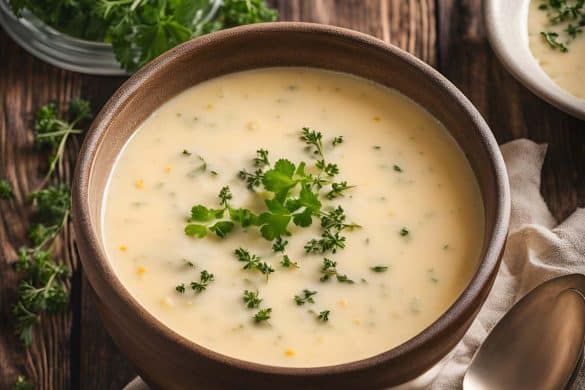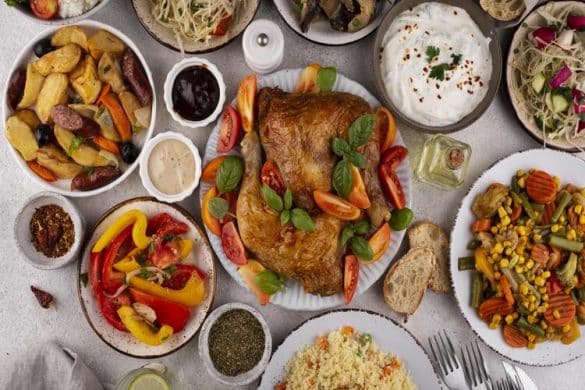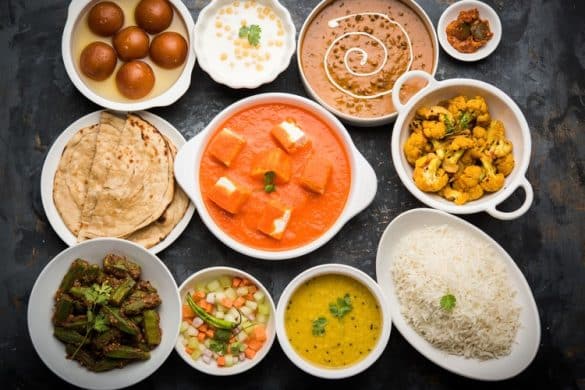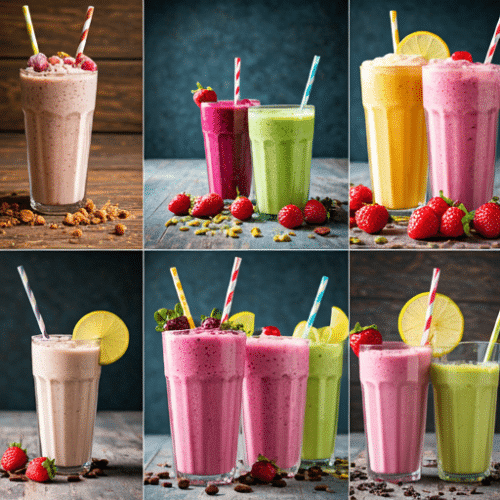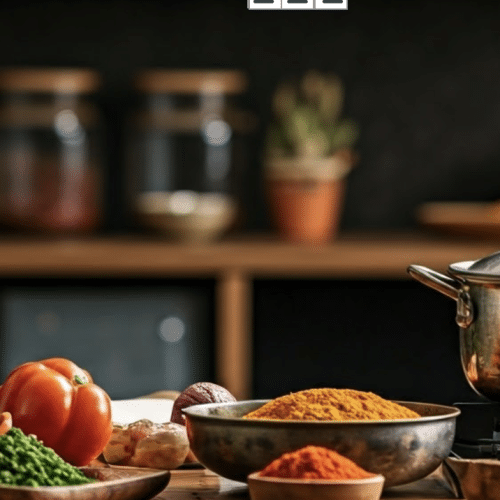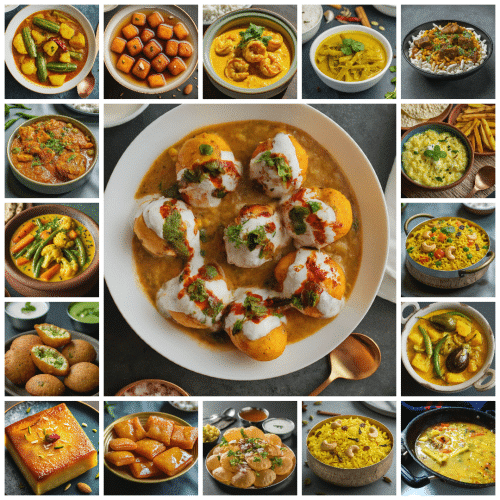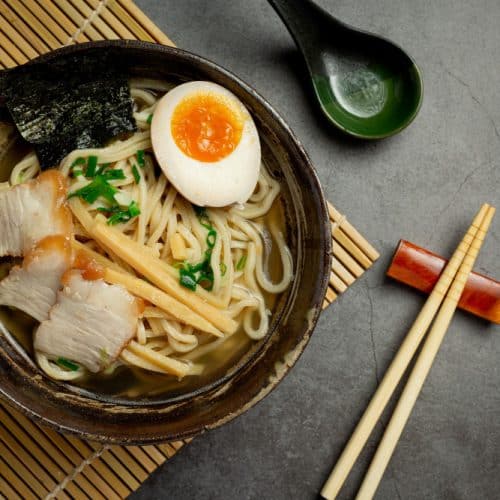Coffee lovers relish the diversity that the world of coffee offers, just as wine connoisseurs appreciate the variety of grapes, regions, and flavours of the world’s vineyards. From the types of coffee beans that serve as the foundation for our favourite caffeinated beverages to the fascinating array of hot and cold coffee drinks that cater to different preferences, there’s a world within a cup waiting to be discovered.
The exciting and intricate world of coffee is not just limited to taste—it also includes a wealth of knowledge about its cultivation, brewing techniques, and cultural significance globally.
So, join us as we venture on an exciting journey to decode the vast universe of coffee in this detailed guide.
Types of Coffee Around the World
In exploring the world of coffee, it’s essential to start with the source: the coffee beans. The type of coffee bean plays a pivotal role in determining the taste, aroma, and body of our favourite cups of joy. Coffee beans fall into four main categories. Each offers a unique flavour profile and caffeine content, catering to various palates.
What are Some of the Most Popular Coffee Bean Varieties?
The two most prominent players in the world of coffee beans are Arabica and Robusta. They are followed by Liberica and Excelsa, which offer a distinct flavour experience. Now, let’s go over the individual descriptions of these famous coffee bean varieties.
1. Arabica
Arabica, the most revered coffee variety, is cherished for its sweet, subtle taste and low acidity. While not as high in caffeine as Robusta, Arabica dominates the speciality market with its smooth, nuanced flavour. Originating in Ethiopia, Arabica beans offer a wide range of flavours, from fruity and floral to chocolatey and nutty, making them a favourite among coffee connoisseurs.
2. Robusta
Robusta, the second most popular type, is known for its robust flavour and higher caffeine content, making it a strong choice for espresso drinks and instant coffee mixes. Cheaper and stronger than Arabica, Robusta stands up well when adding milk to coffee concoctions. With its bitter taste and higher caffeine content, it’s a perfect choice for those in need of a Monday morning pick-me-up.
3. Liberica
Liberica beans are a rare and intriguing variety grown in the Philippines and parts of Africa. Known for their fruity and floral flavour profile with hints of woody and smoky notes, these beans offer a unique aroma and flavour that adds an unconventional dimension to coffee blends. With their bold flavour and scarcity, Liberica beans are cherished by connoisseurs seeking something different.
4. Excelsa
Excelsa beans, once classified as a variety of Liberica, now stand on their own with primarily Southeast Asian origins. Known for its complex flavour profile with fruity, spicy, and tart notes, Excelsa adds a unique layer to gourmet coffee blends. Despite being less common than Arabica and Robusta, coffee enthusiasts appreciate Excelsa’s tea-like complexities and distinctive character.
The Different Types of Hot Coffee Drinks
Stepping into any café, we’re greeted with a menu filled with different types of coffee drinks, including the rich Long Black. Whether espresso-based or not, these beverages reveal the versatility of coffee, each carrying a unique taste profile and method of preparation. From the minimalist Black coffee to the luxurious, whipped cream-topped Mocha, these warm accompaniments are an integral part of our daily rituals or a comforting indulgence. Now, let’s explore the mesmerising world of hot coffee drinks.
1. Black
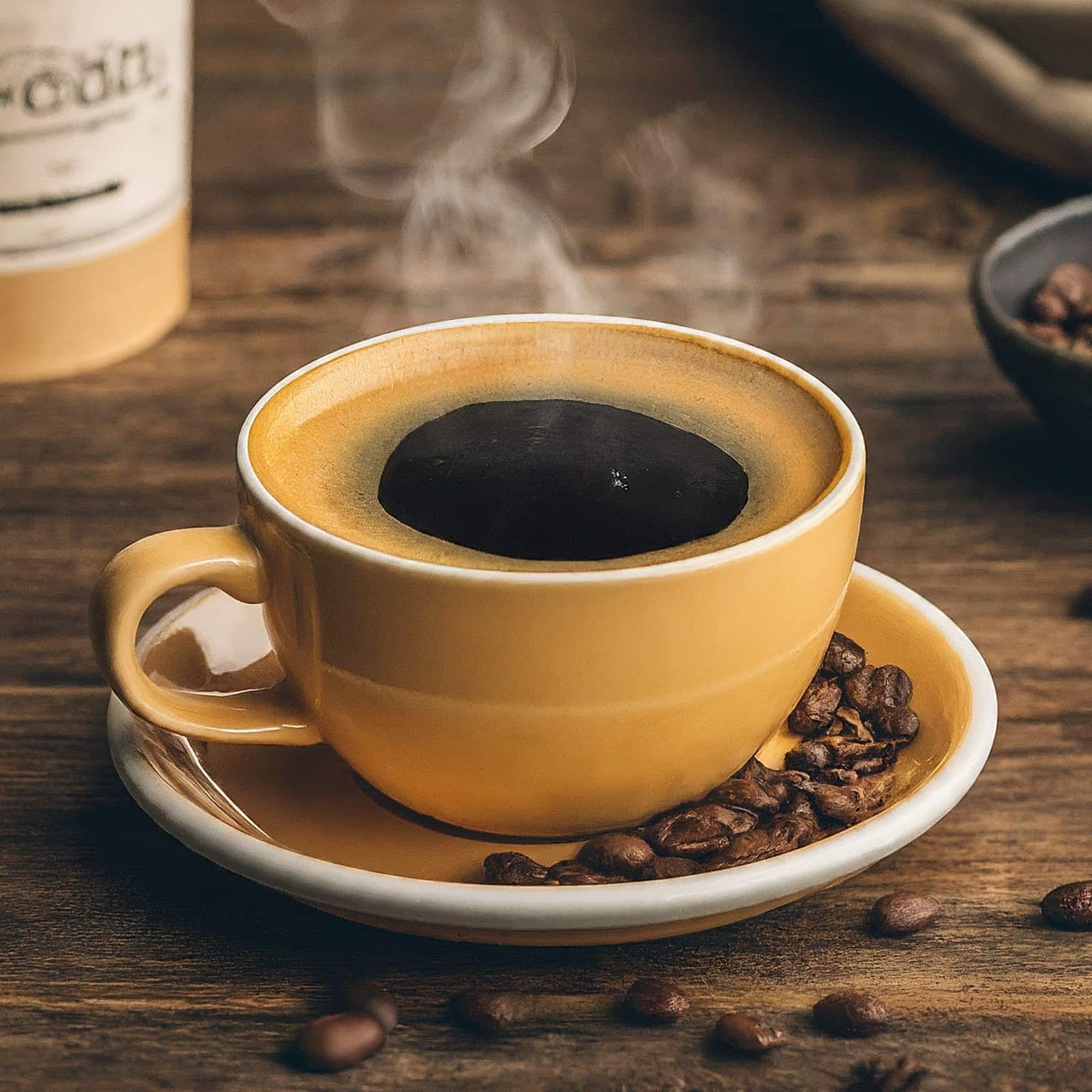
Black coffee
Black coffee, also known as Cafe Noir, is simply ground coffee beans steeped in hot water. Without any added milk or sugar, the quality of the coffee and brewing process are crucial for its taste. A staple in homes and cafes globally, Black coffee offers a warm, comforting cup with rich flavours.
2. Espresso
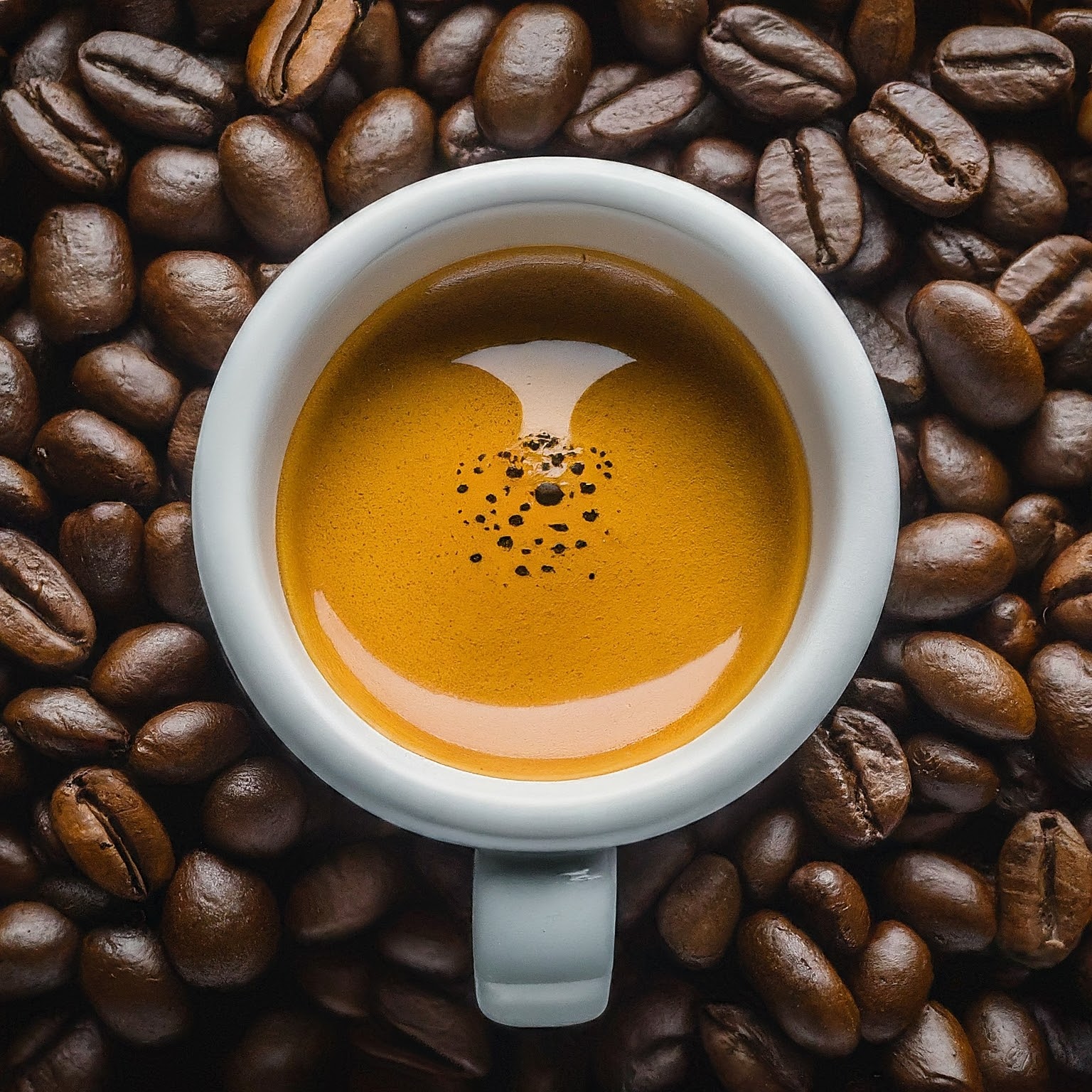
Espresso
At the core of many coffee varieties is Espresso, a concentrated form obtained by forcing hot water through finely-ground coffee under high pressure. With its rich flavour and layer of crema, this small yet intense shot offers a balanced and sophisticated coffee experience for coffee drinkers seeking a shot of delight and sophistication in their coffee routine, reflecting the Italian word “expressed” that highlights its unique brewing process.
3. Americano
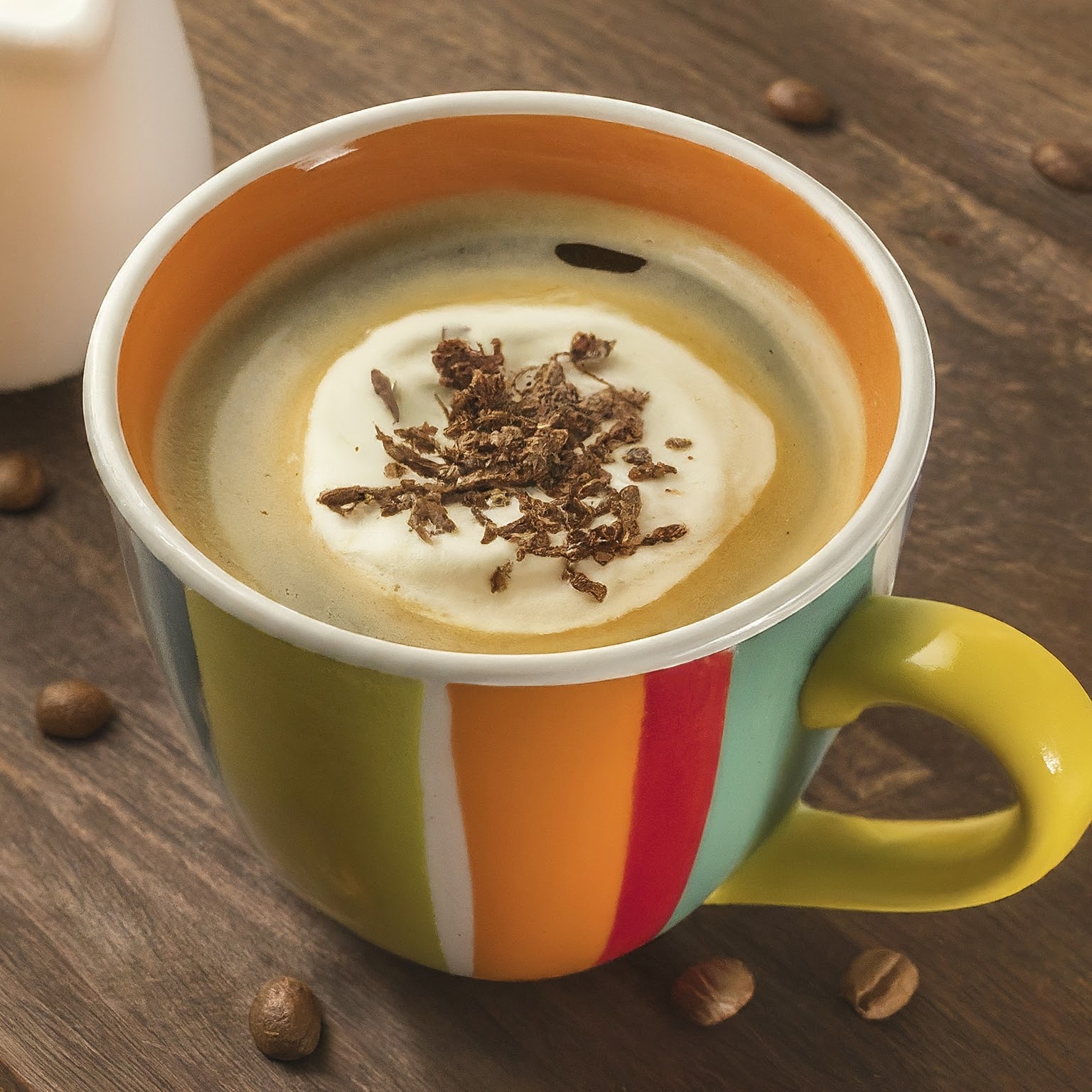
Americano
The Americano is a classic coffee drink made with hot water added to Espresso, offering a bold flavour similar to traditional American coffee. The term originated from American soldiers in Italy during World War II who requested coffee similar to what they were used to at home. With lower milk content, it’s perfect for those who prefer a stronger taste. Customise with milk or cream, or enjoy black for a pure coffee experience.
4. Latte
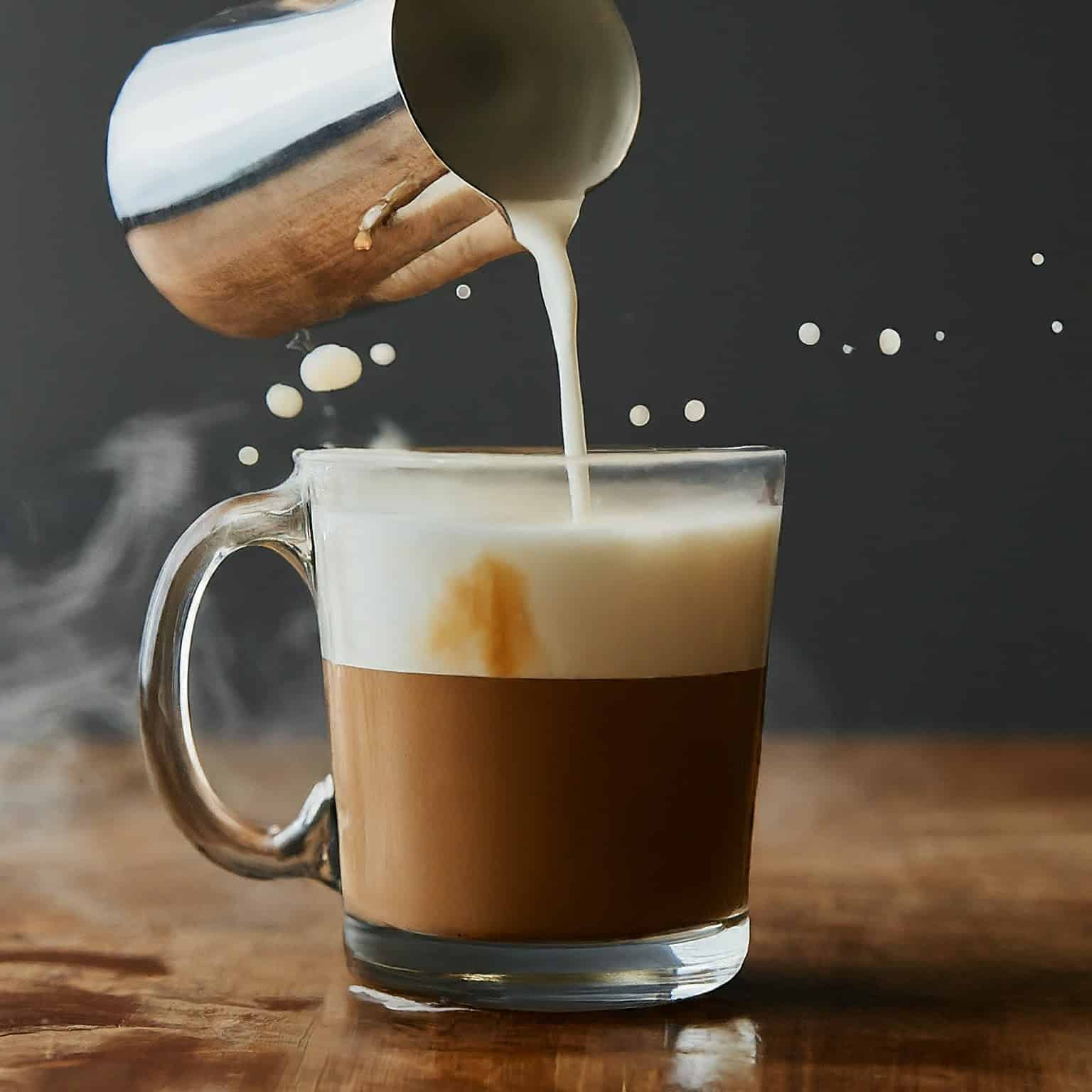
Latte
The Latte, the most popular coffee drink, combines a shot of Espresso with steamed milk and a touch of foam, creating a white coffee experience. It offers a creamy texture and a creamy flavour, along with its mild coffee flavour, beloved by many. The term “latte” translates to milk in Italian, highlighting its importance. Lattes can be enjoyed plain or with flavour shots like vanilla or pumpkin spice, adding variety to this classic drink.
5. Cappuccino

Cappuccino
The Cappuccino is a beloved coffee drink that combines a shot of Espresso with steamed milk and a layer of milk foam. The milk and foam create a creamy and velvety texture, while the Espresso adds a rich and intense flavour. Cappuccinos can be enjoyed plain or with various flavourings like chocolate or caramel, making them a versatile and customisable option for coffee lovers.
6. Flat White
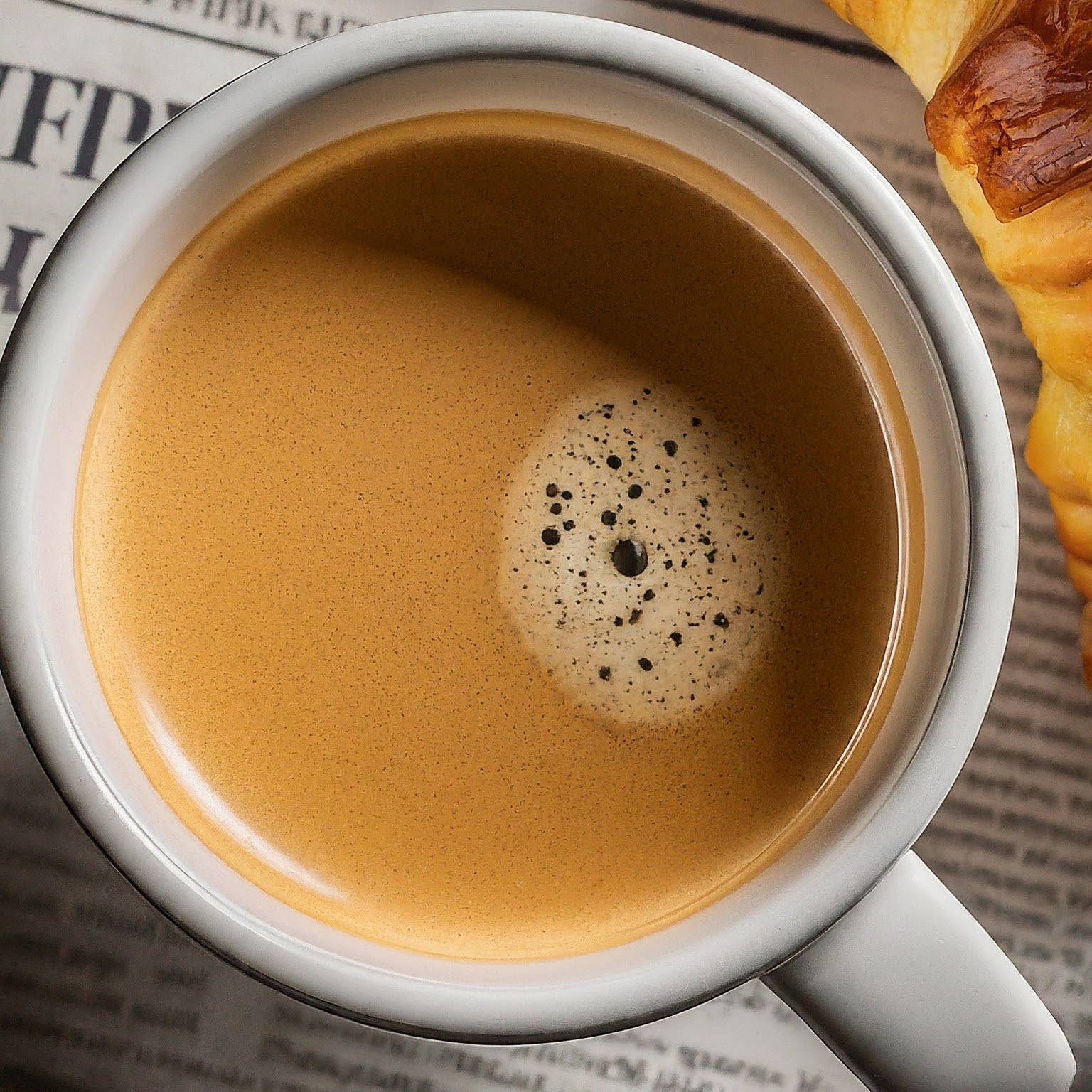
Flat White
A Flat White, originating from Australia, is like a cappuccino without the foam or chocolate. Made with a shot of Espresso and steamed milk, it has a higher coffee-to-milk ratio for a stronger flavour. The blend of Espresso and milk creates a harmonious balance enjoyed by coffee enthusiasts worldwide.
7. Macchiato
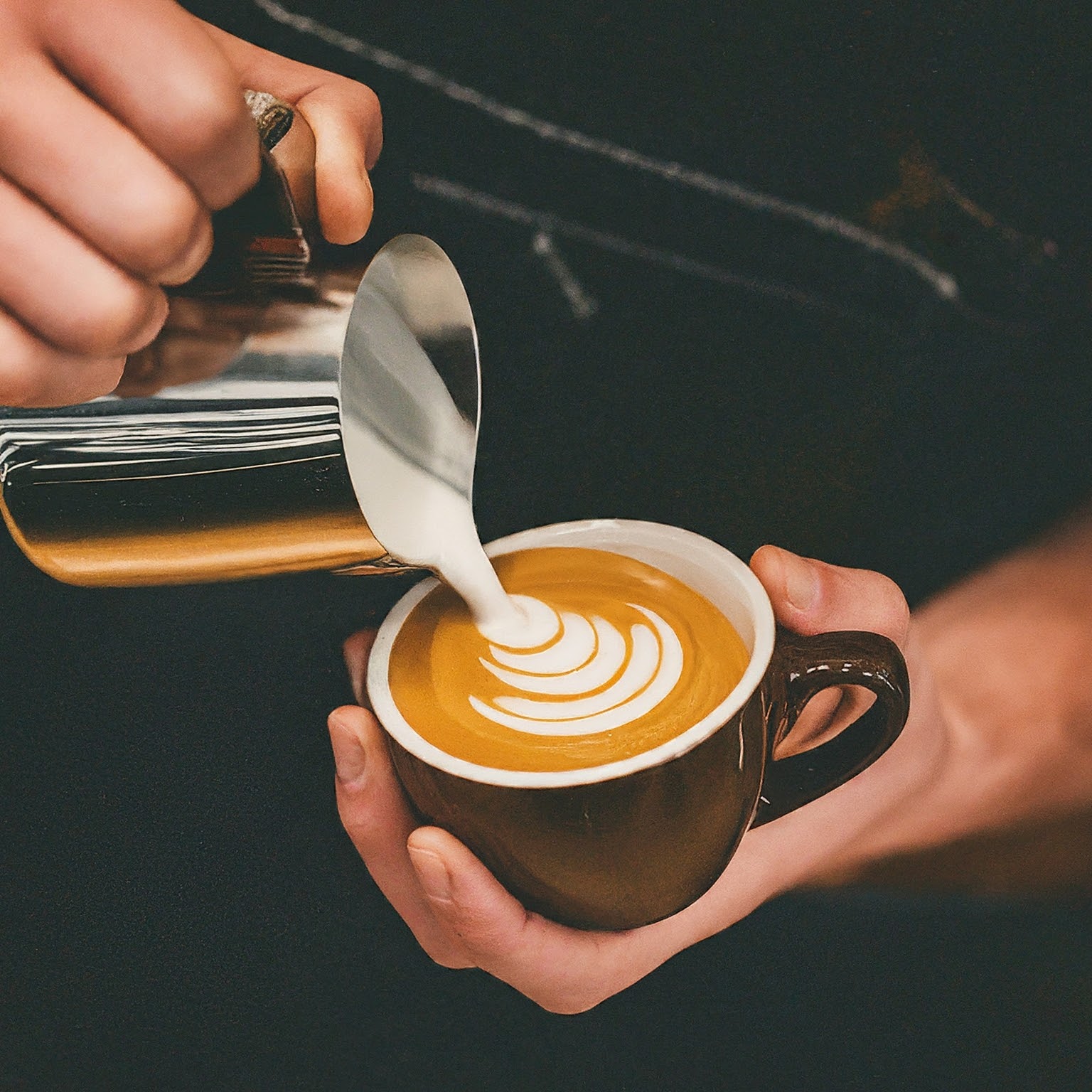
Macchiato
Macchiato, meaning “stained” or “spotted” in Italian, is an espresso-based drink topped with a small amount of foam. It strikes a balance between a cappuccino and plain Espresso, with a touch of steamed milk adding creaminess without diluting the Espresso. With a higher espresso ratio, the Macchiato offers an intense experience for those who enjoy vibrant Espresso with a hint of softness.
8. Mocha
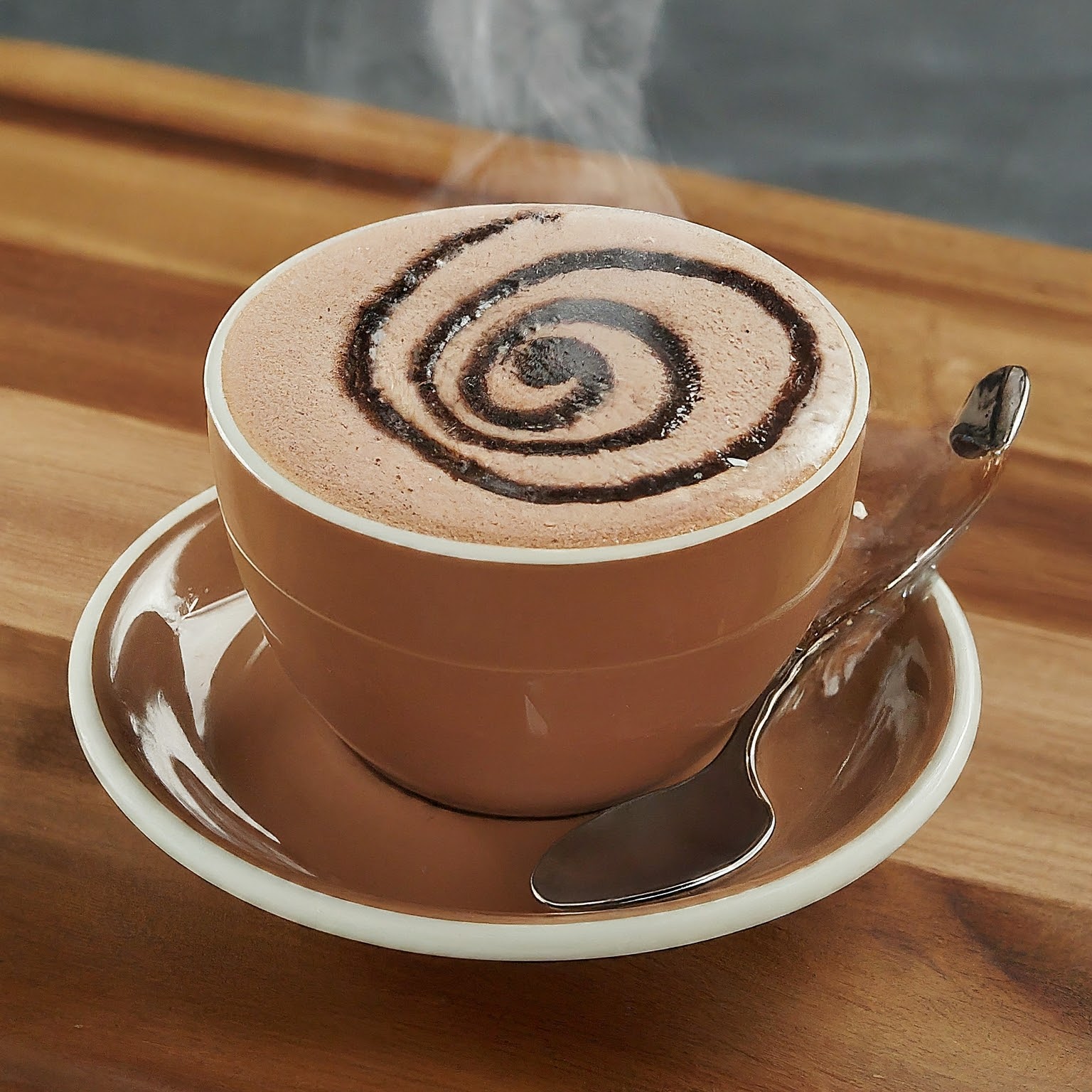
Mocha
Imagine combining your two favourite things—coffee and chocolate—and the result is Mocha, a coffee drink for all chocolate lovers. Made with chocolate espresso, chocolate syrup, cocoa powder, steamed milk, and foam, this drink balances bold espresso flavours with sweet chocolate notes. Whether enjoyed hot or cold, Mocha’s indulgent blend of chocolate syrup and coffee is a delightful treat for those craving something sweet.
9. Ristretto
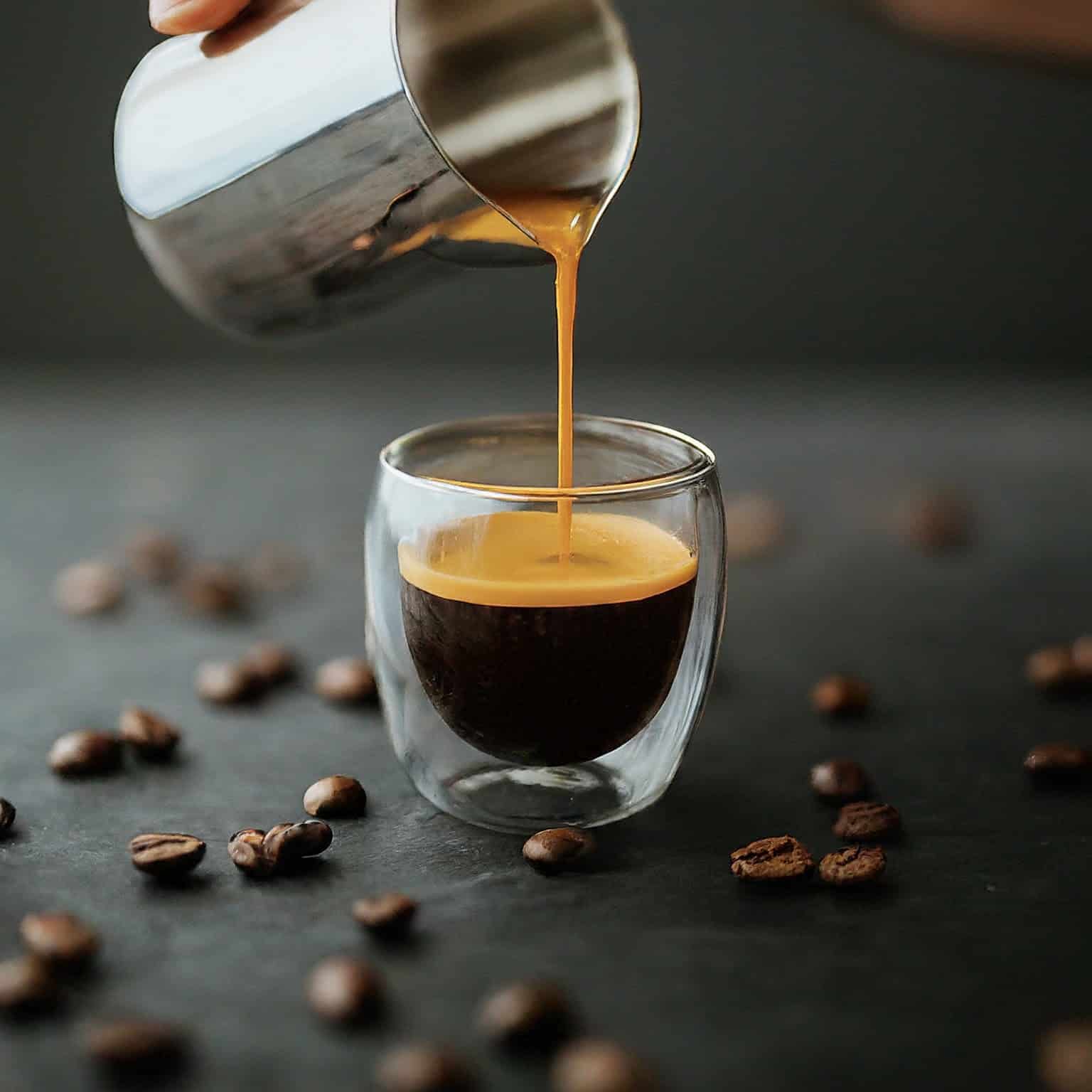
Ristretto
A Ristretto is an intense and concentrated shot of Espresso, brewed with half the amount of water and a shorter extraction time. It is thicker, richer, and less bitter than traditional espresso, offering a sweeter and more intense coffee flavour with a strong flavour profile. Many coffee lovers consider it the purest coffee experience, providing a short and sweet burst of flavour.
10. Cortado
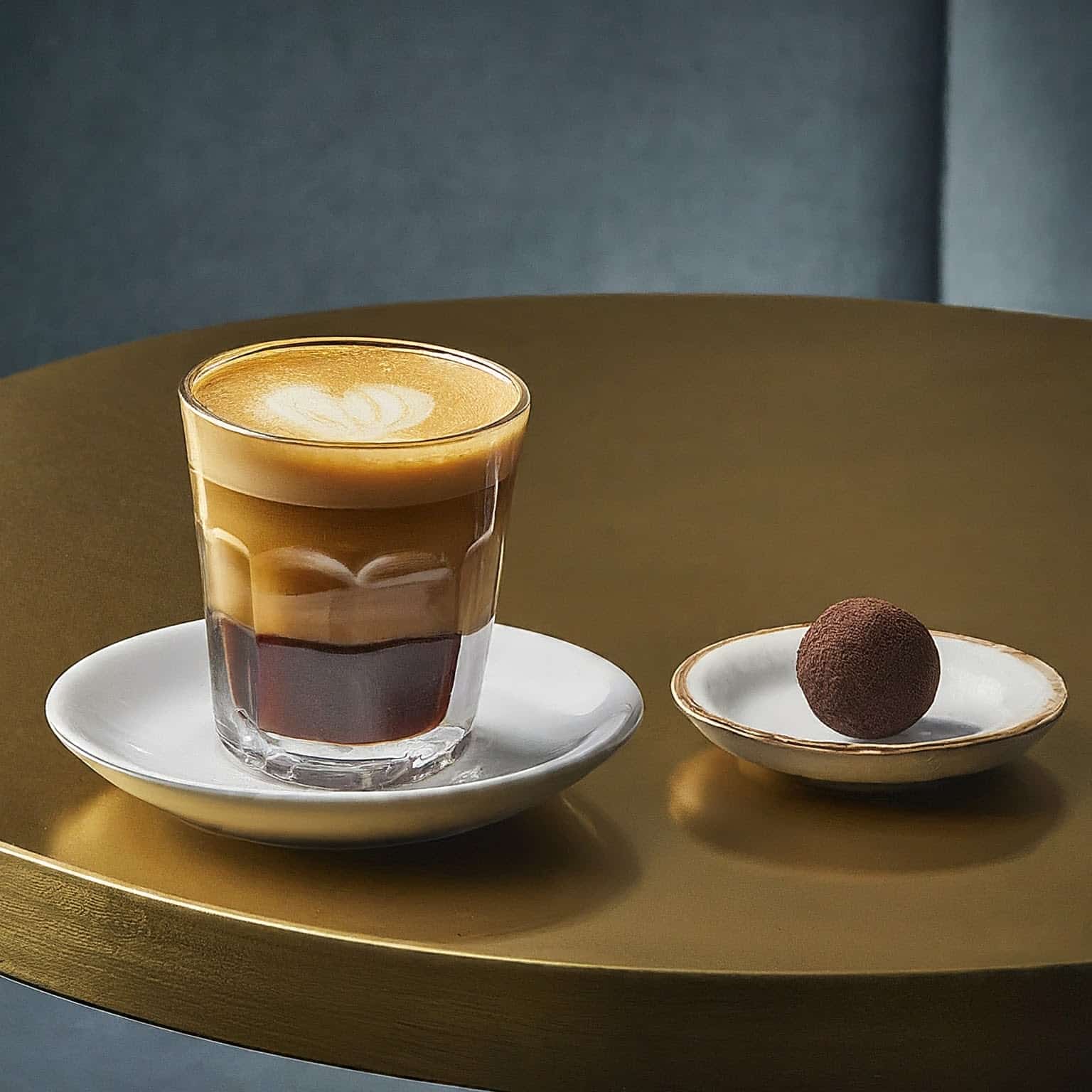
Cortado
A Cortado is a Spanish coffee drink made with equal parts espresso and warm milk. It is known for its balanced and harmonious taste. The milk helps reduce acidity, creating a velvety texture without overwhelming foam. Originally from Spain, this refreshing and bold beverage is perfect for those who enjoy a smoother coffee experience. Refreshing and bold, the simplicity of a Cortado makes it a great companion any time of the day.
11. Doppio
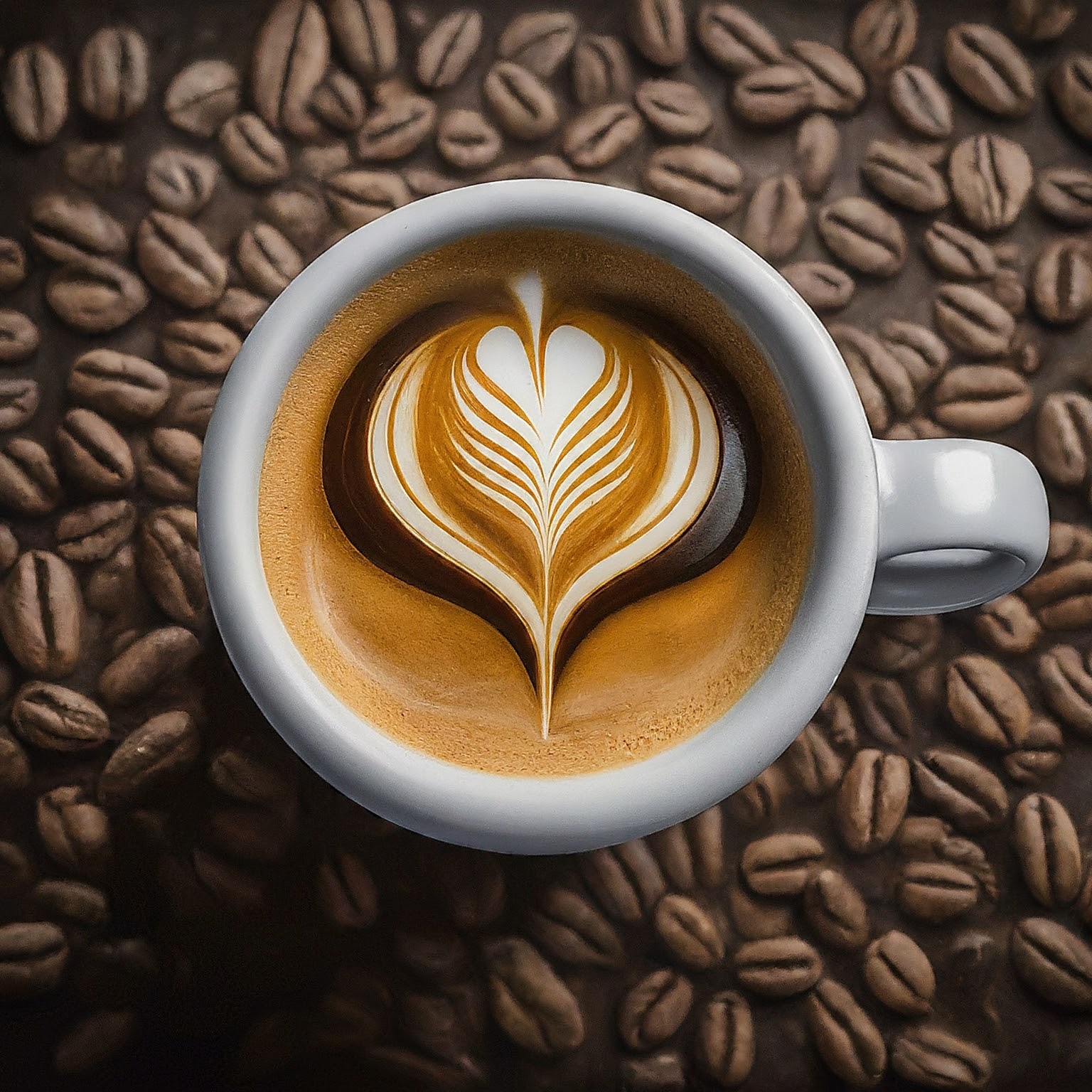
Doppio
Doppio, which means ‘double’ in Italian, is essentially a double shot of espresso shot. Served in a small cup, this intense and full-bodied coffee is favoured by espresso enthusiasts. A Doppio is made with a blend of high-caffeine espresso beans, often roasted dark, and is considered the ultimate test for an espresso machine. It provides a bold flavour and is the base for various coffee beverages.
12. Café au Lait
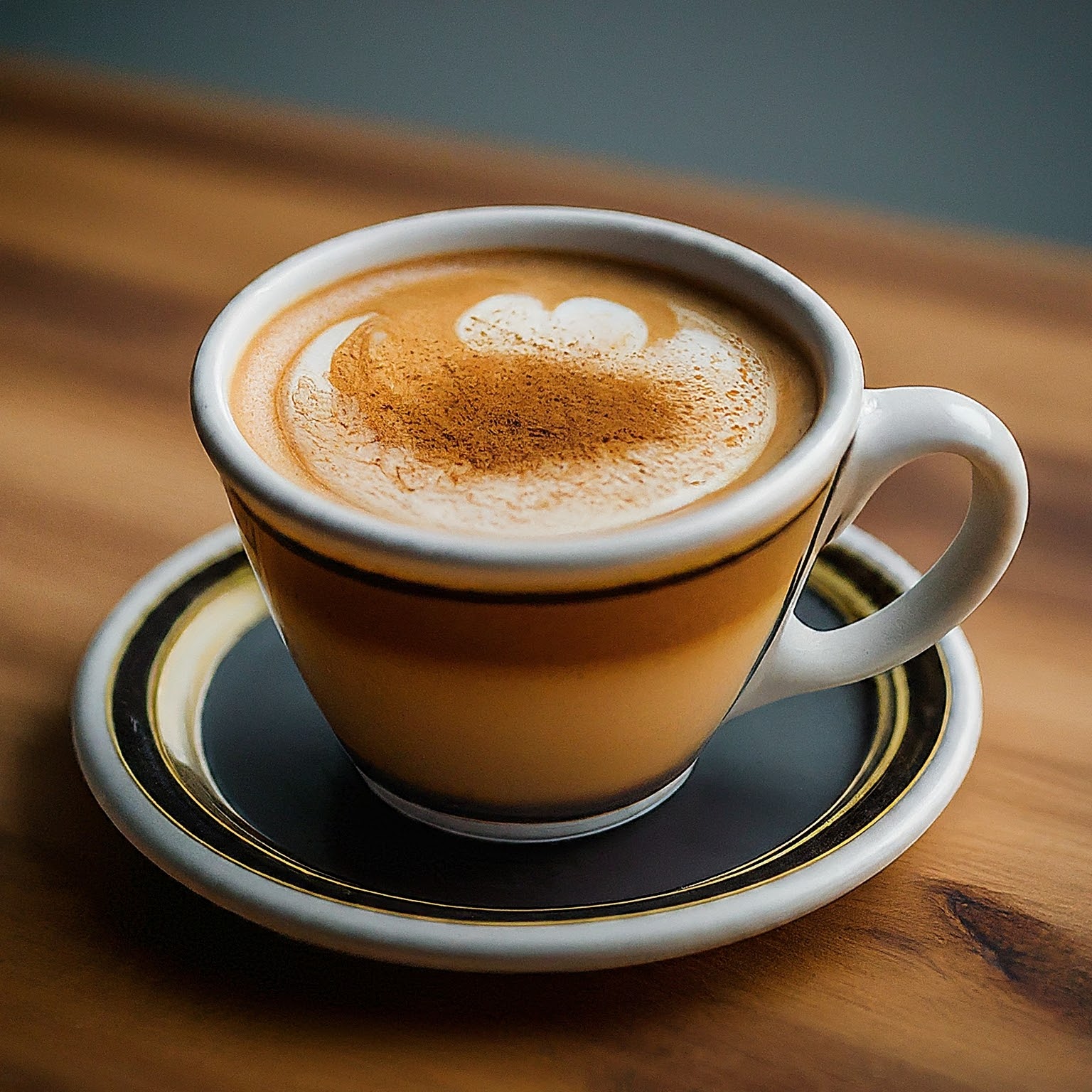
Caf au lait
Café au lait, French for “coffee with milk,” is a soothing drink made with an equal mix of hot coffee and steamed milk. Popular in French homes and cafes for breakfast, it blends the bold flavour of coffee with the creamy sweetness of the milk. This simple beverage is comforting for a lightly caffeinated and cosy morning pick-me-up.
13. Galão Coffee
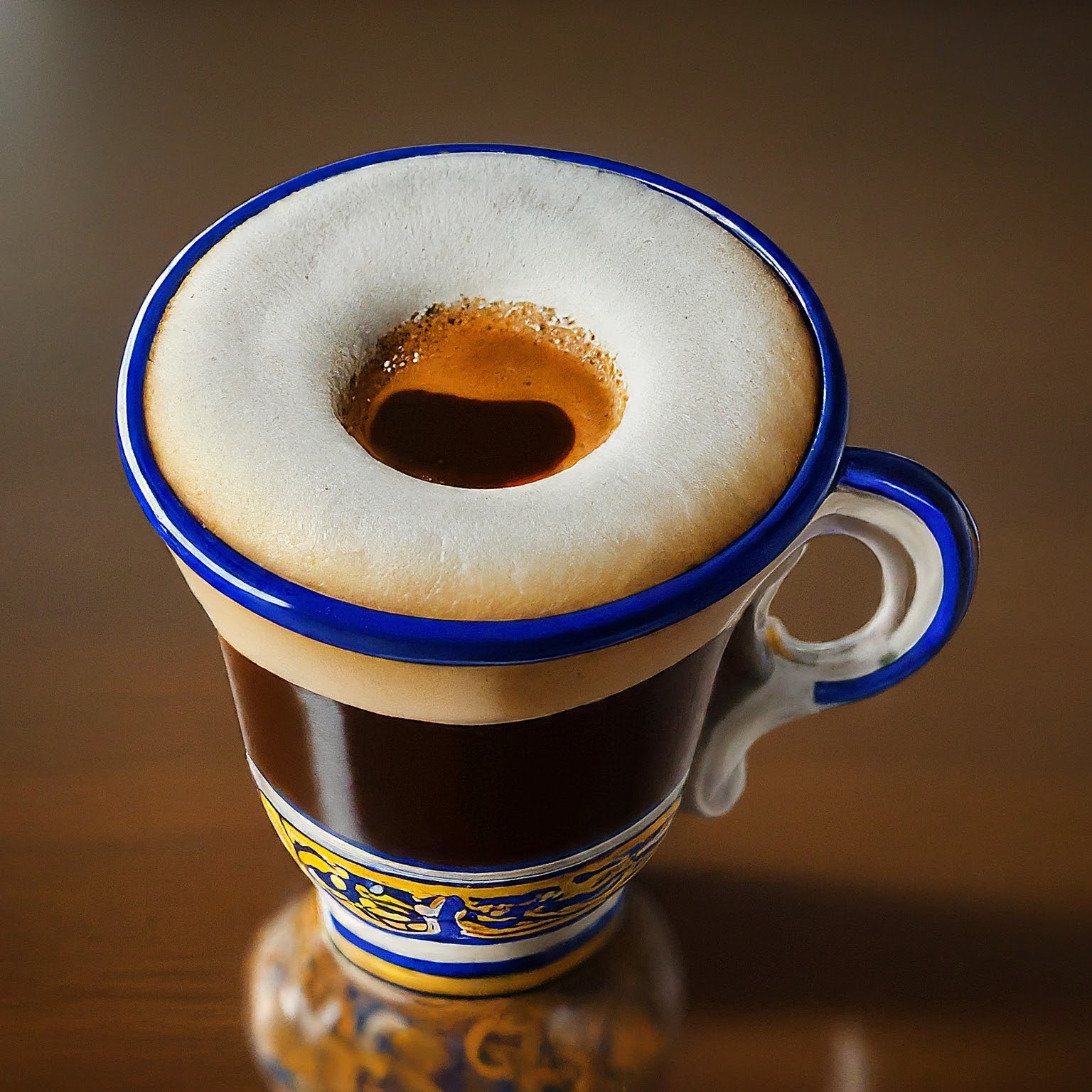
Gal o coffee
Galão coffee, originating from Portugal, is similar to a latte and Cappuccino but with twice the amount of foamed milk, creating a lighter drink. The added milk enhances the smoothness, resulting in a creamy delight. Served in a tall glass, it is perfect for breakfast or an afternoon treat. If you prefer a lighter option with a milky texture, Galão coffee is a great choice.
14. Irish Coffee
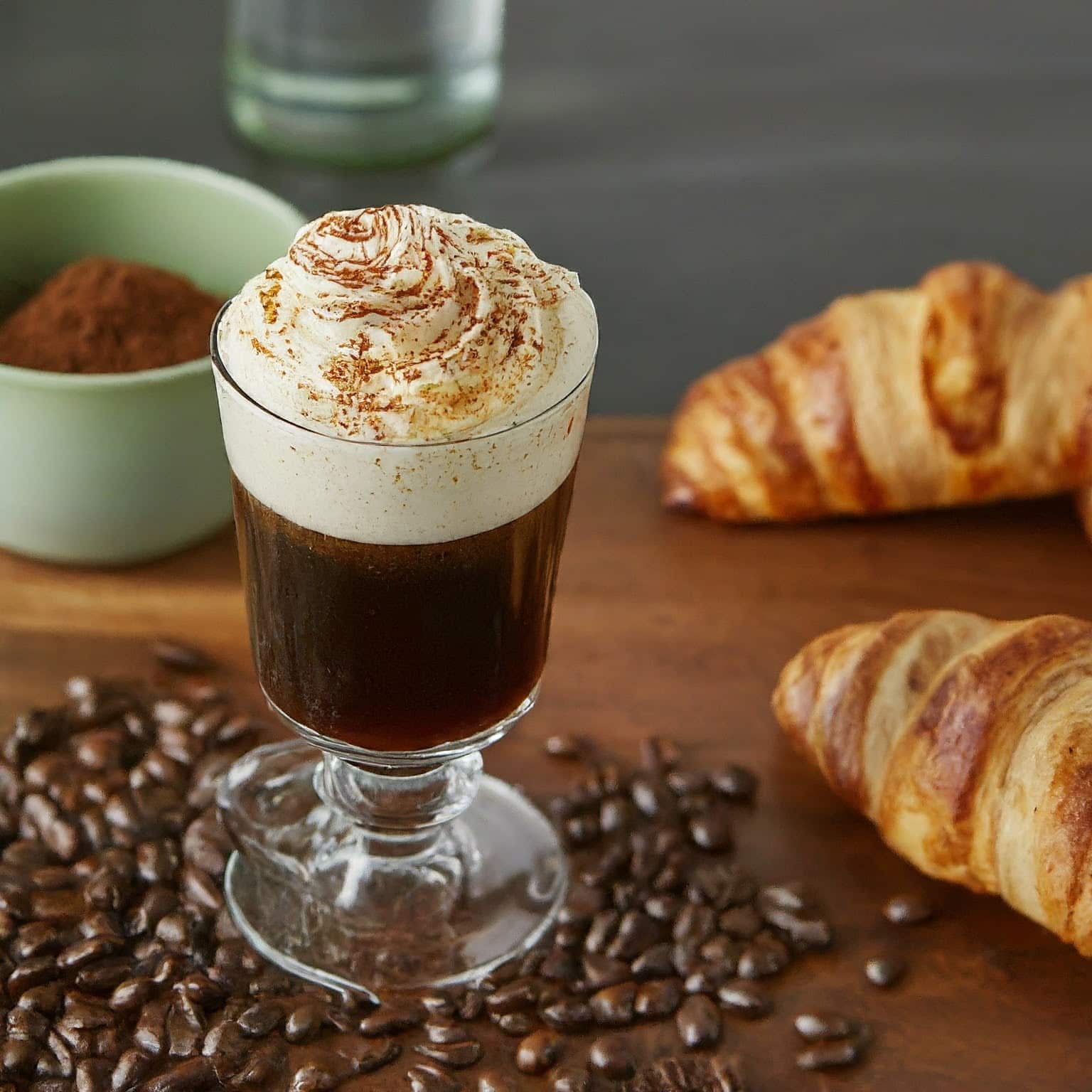
Irish coffee
Irish coffee is a delightful blend of hot coffee, Irish whiskey, sugar, and whipped cream. Originally created to warm up American travellers in Ireland, it has become a popular drink worldwide. Enjoyed as a winter warmer, this indulgent cuppa combines the comforting flavours of coffee with velvety-smooth whipped cream and a spirited whiskey kick. Perfect for dessert or celebrations.
15. Pumpkin Spice Latte

Pumpkin Spice Latte
Pumpkin Spice Latte, a seasonal favourite among coffee enthusiasts, blends Espresso, pumpkin pie spice, steamed milk, sugar, and whipped cream. Created by Starbucks, this fall drink evokes holiday memories and gatherings. Creamy and sweet, with a hint of espresso and pumpkin spice, it’s a festive treat many enjoy, offering a taste of autumn’s warmth and cheer.
16. Turkish Coffee
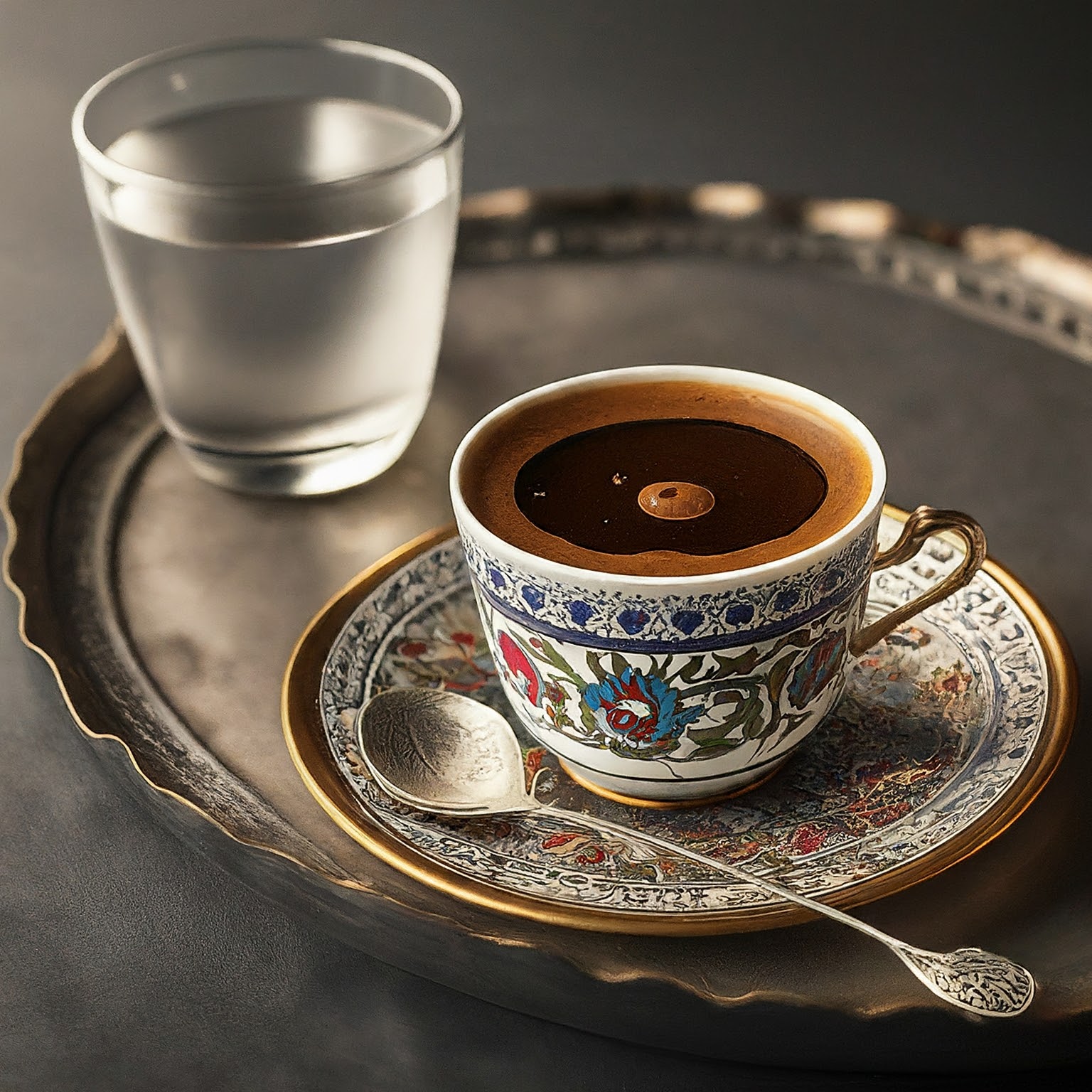
Turkish coffee
Turkish coffee is a traditional method of preparing coffee. It uses finely ground beans simmered in a cezve pot. The unfiltered brew settles with grounds at the bottom, offering a thick texture, strong aroma, and rich flavour. This cultural treasure from Turkey is now beloved by coffee enthusiasts worldwide, symbolising friendship with every sip.
17. Peppermint Mocha

Peppermint Mocha
A winter favourite, the Peppermint Mocha is a delightful blend of rich Espresso, steamed milk, and peppermint syrup, topped with whipped cream and chocolate shavings. This festive drink combines minty freshness with chocolatey richness, creating a comforting and indulgent beverage loved by many during the holiday season. Experience a delightful fusion of flavours in every sip of Peppermint Mocha.
18. Cuban Coffee
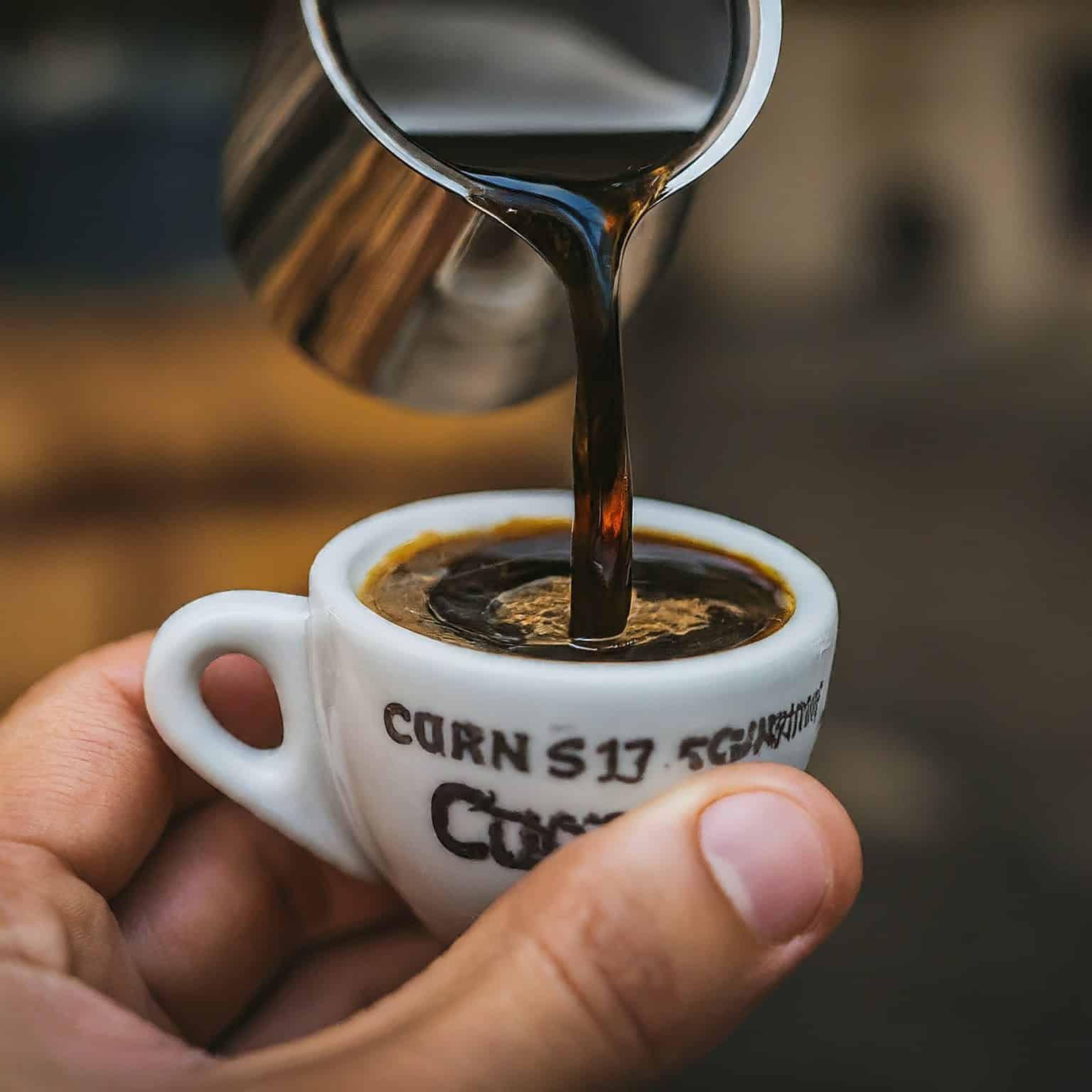
Cuban Coffee
Cuban Coffee: Indulge in the rich tradition of Cuban coffee, a strong brew made with sugar during brewing, resulting in a sweet and potent flavour profile. Known as “Cafecito” or “Café Cubano,” this espresso-based drink is served in small cups for a quick pick-me-up. A dollop of whipped cream adds a creamy texture, enhancing the coffee experience. Savour a taste of Cuba in every sip.
10 Types of Cold Coffee Drinks
Just as hot coffee drinks warm the heart, cold coffee drinks offer a rejuvenating twist to the traditional cuppa. Crafting a perfect cold coffee involves brewing and properly chilling or icing it to balance its flavours effectively. These colder variants vary from simple classics like Iced Coffee to fascinating blends like Vietnamese Iced Coffee (Cà phê đá). Regardless of your coffee preference or the changing seasons, an iced coffee drink will surely hit the spot. Let’s delve into the refreshing realm of cold coffee drinks.
1. Iced Coffee
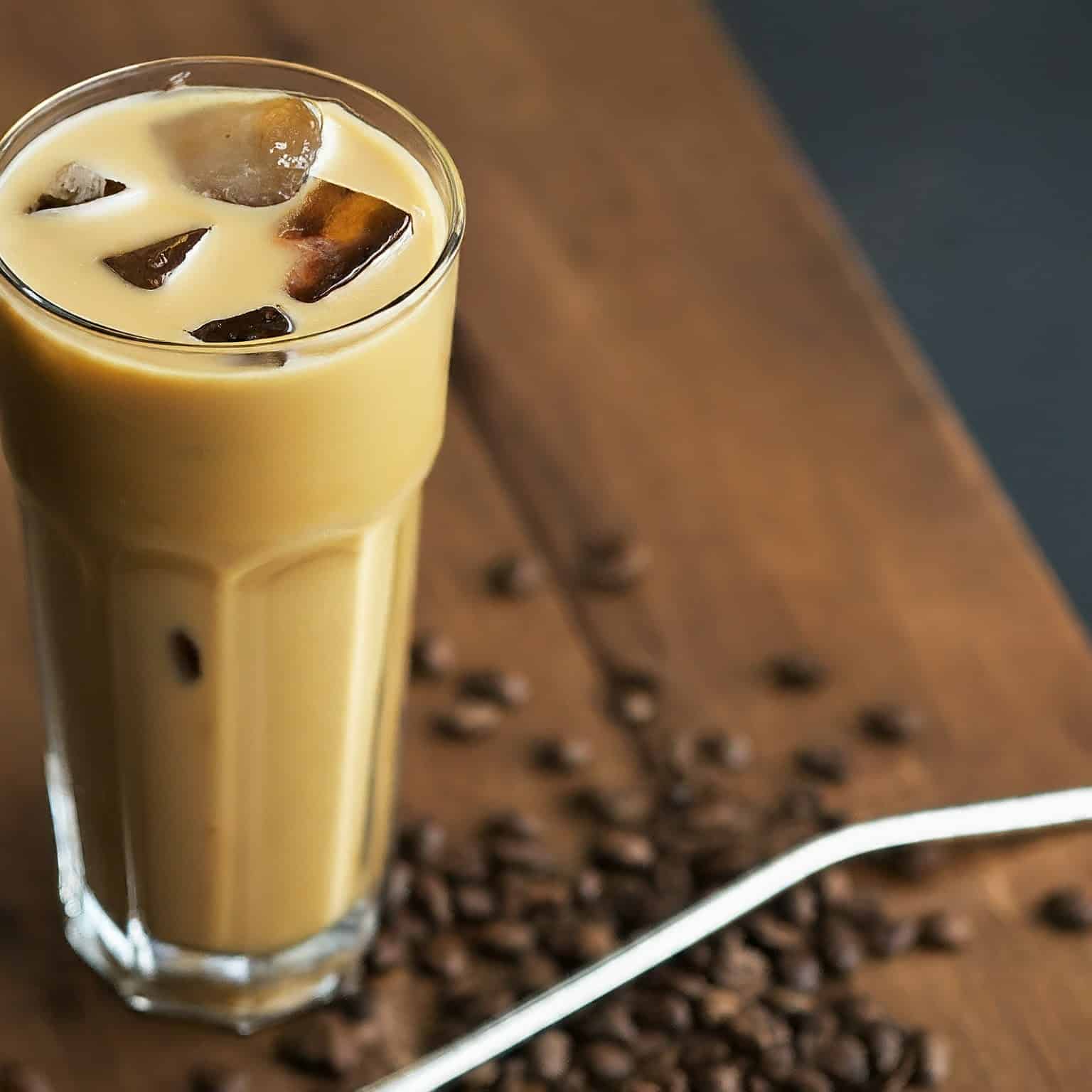
Iced Coffee
Iced coffee is a popular cold coffee drink worldwide, offering a simple and refreshing twist on the classic beverage. It is made by pouring regular coffee over ice and adding milk, cream, or sweetener. It can be as basic or intricate as you like. For convenience, instant coffee works, but for a more delicious experience, opt for high-quality beans and freshly brewed coffee before chilling.
2. Cold Brew
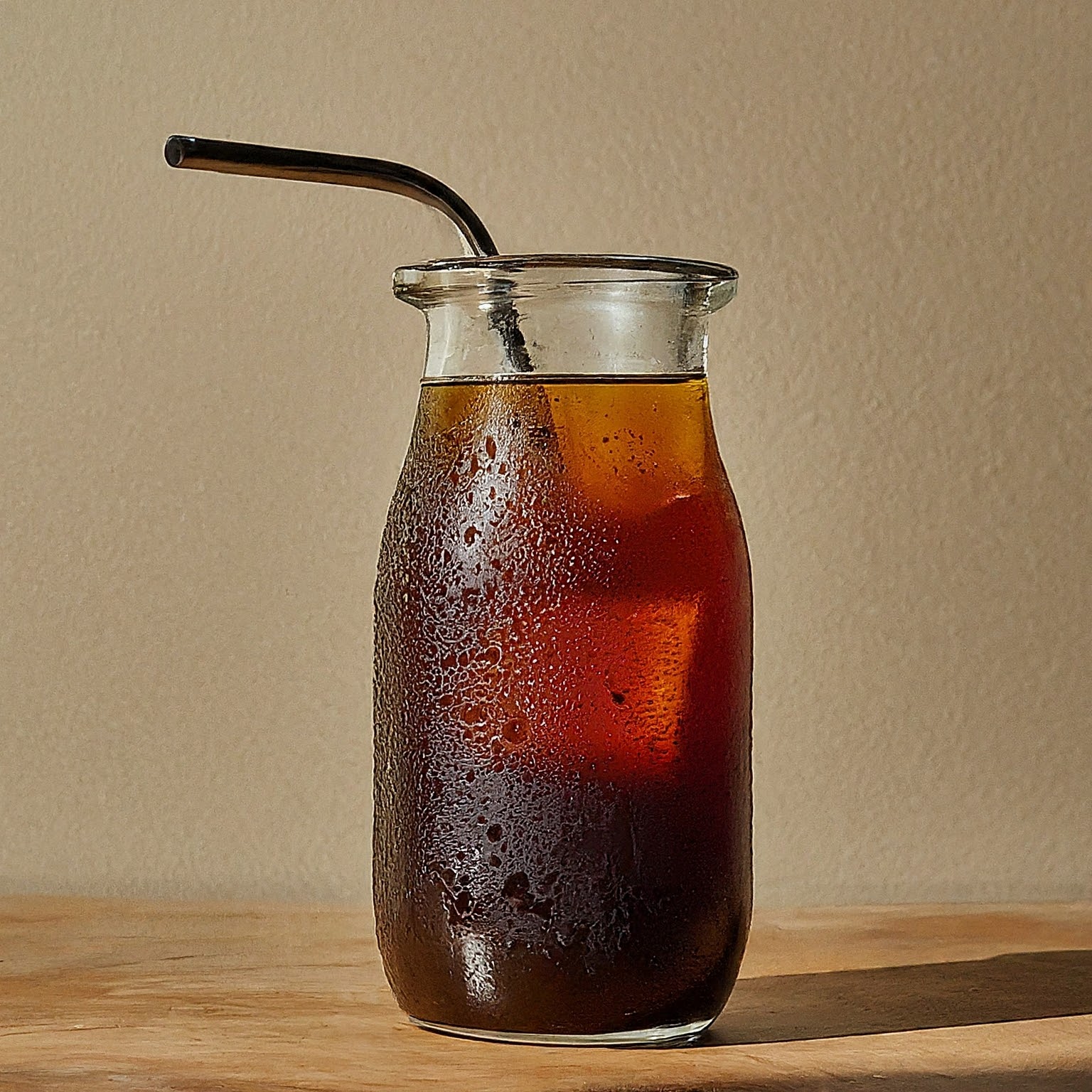
Cold Brew
Cold brew is a popular cold coffee drink made by steeping ground coffee in cold water for an extended period. Due to the lack of heat in the brewing process, it is less acidic and bitter than hot coffee. The slow extraction creates a concentrated coffee that can be diluted with water or milk. Cold brew has a smooth, sweet, and full-bodied flavour profile, lasting up to two weeks when refrigerated.
3. Frappuccino
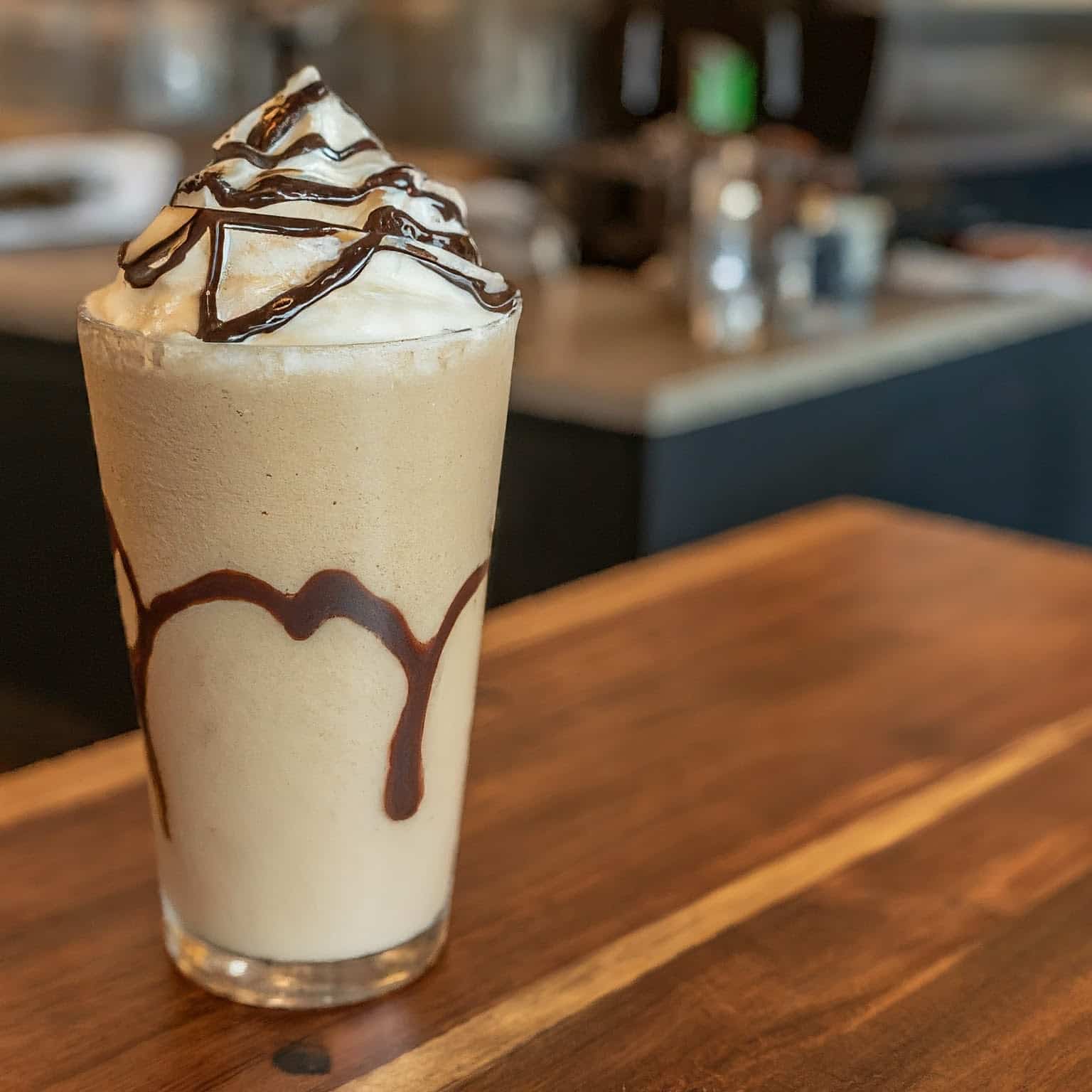
Frappuccino
A popular iced coffee choice worldwide, the Frappuccino is a must-try drink. Made famous by Starbucks, it combines coffee, milk, ice, and flavoured syrups, topped with whipped cream and syrup. A perfect dessert-like beverage, it provides a refreshing and energising caffeine boost, ideal for staying refreshed and alert throughout the day.
4. Iced Chai Latte
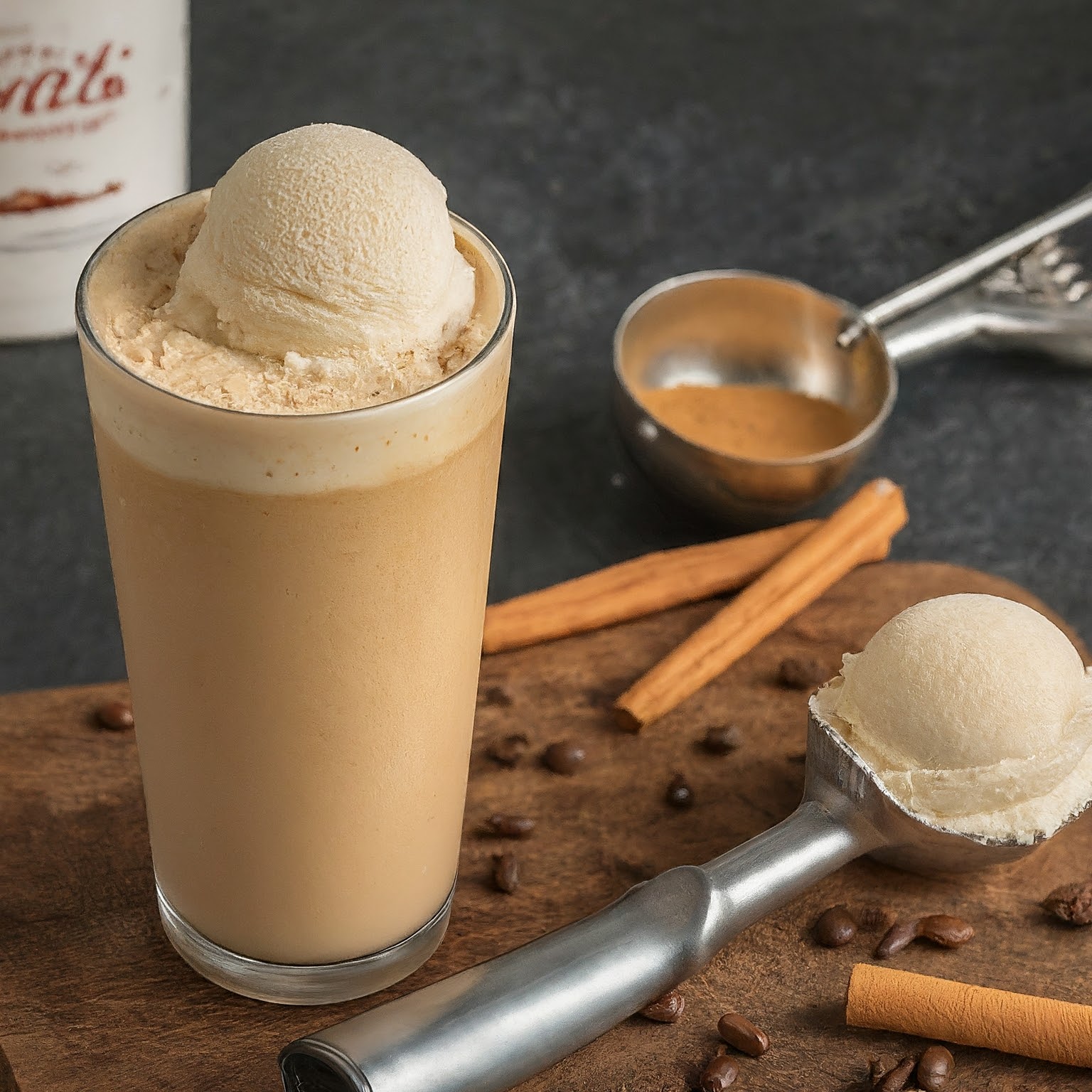
Iced Chai Latte
The Iced Chai Latte is a refreshing option for those who enjoy tea and coffee. This unique blend combines the spicy flavours of indian masala chai with the creaminess of a latte. With cold milk and ice added, this beverage is both refreshing and comforting, perfect for hot summer days at cafes and coffee shops.
5. Nitro Coffee
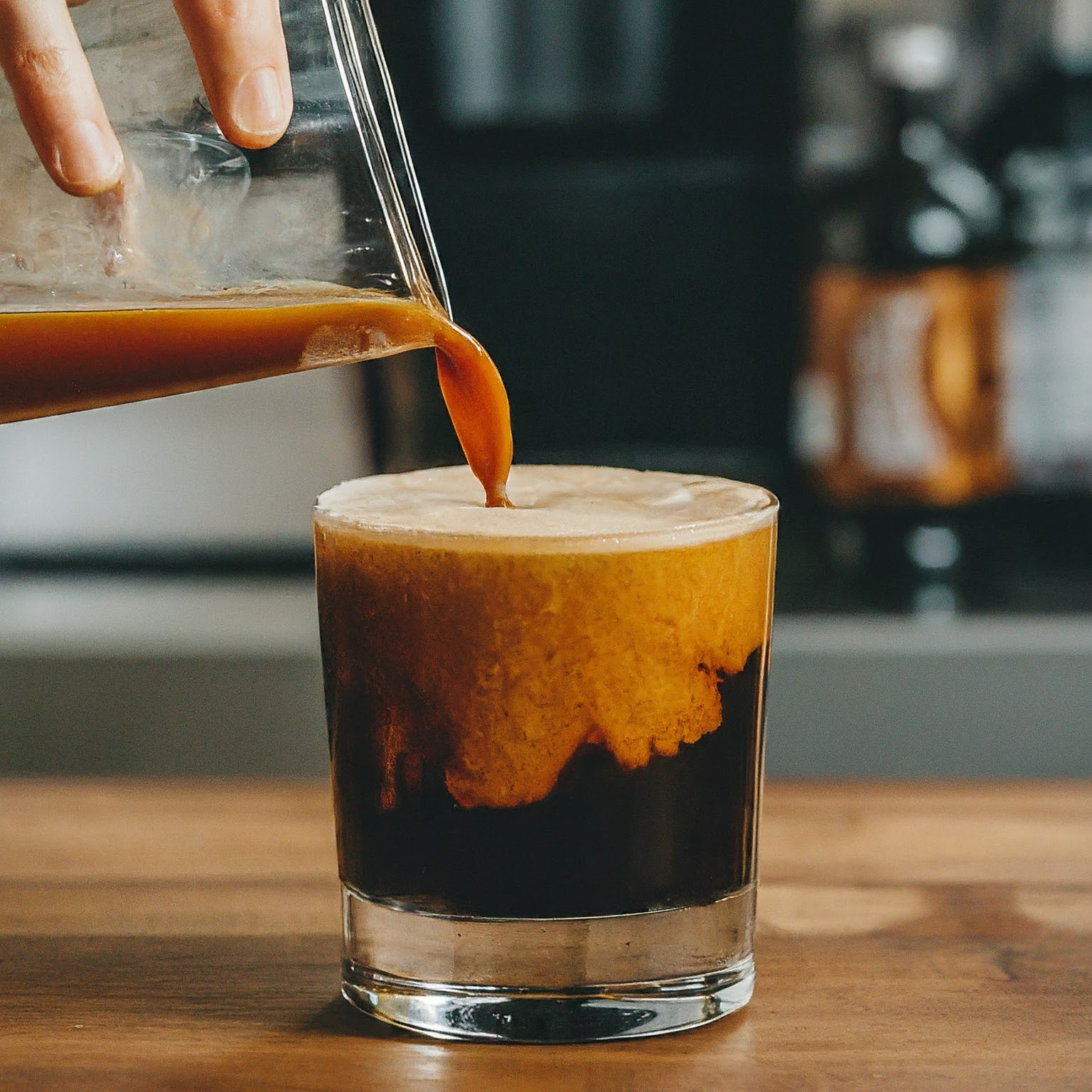
Nitro Coffee
Nitro Coffee is a cold brew coffee infused with nitrogen, creating a unique cascade effect and creamy mouthfeel. This drink offers a smooth, naturally sweet, and less acidic flavour without sugar or dairy. Dispensed from a keg, Nitro Coffee creates a mesmerising cascading flow of frothy coffee. It’s a must-try for those seeking a different coffee experience.
6. Mazagran
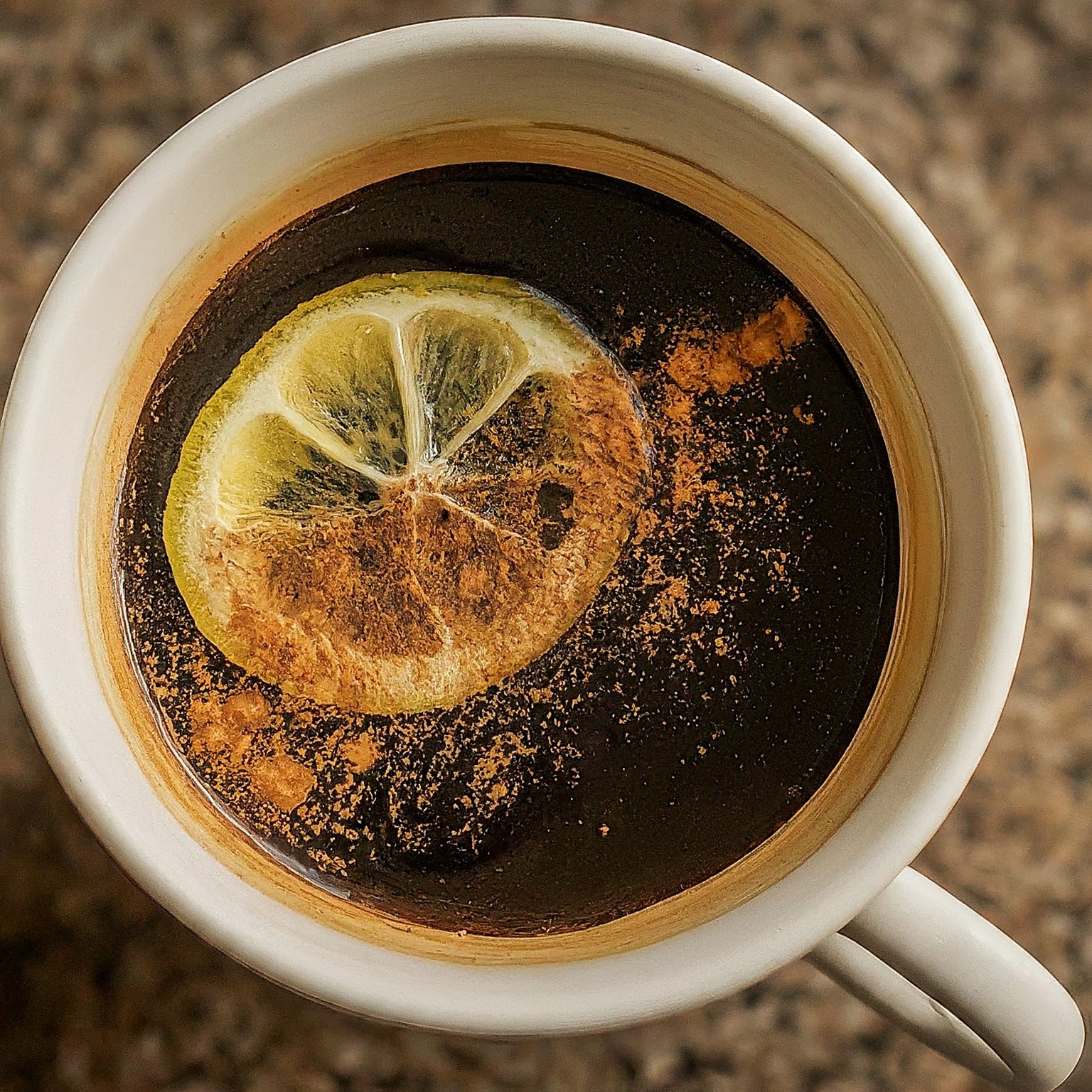
Mazagran
The Mazagran is a unique iced coffee from Algeria that blends intense coffee with citrusy freshness. Made with strong coffee, sugar, lemon juice, and ice, this refreshing beverage offers a delightful burst of flavour. Originally enjoyed by French soldiers, it has become a popular choice for those looking to try something new in the world of coffee.
7. Vietnamese Iced Coffee (Cà phê đá)
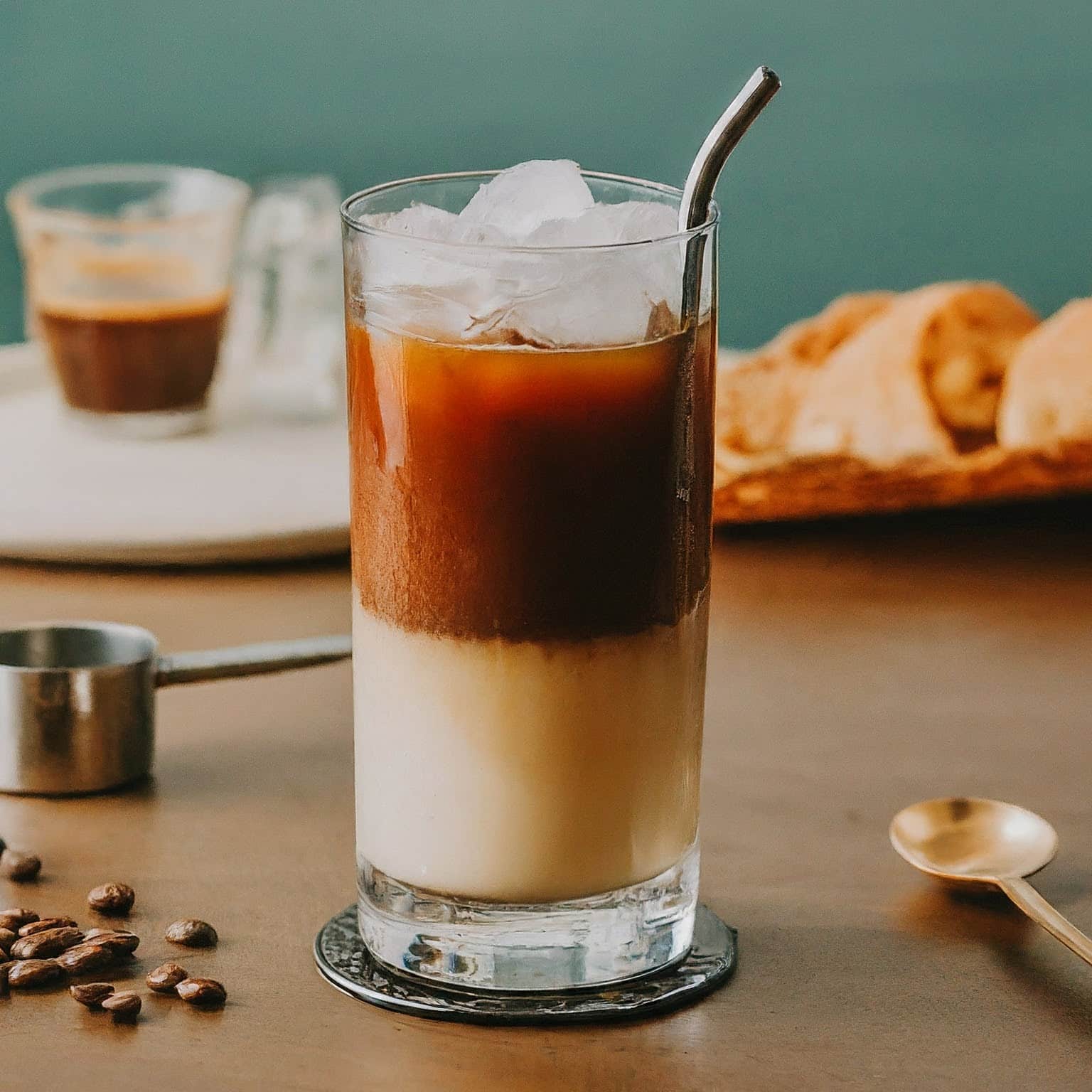
Vietnamese Iced Coffee (Cà phê đá)
True to its name, Vietnamese Iced Coffee (Cà phê đá) is a delightful coffee experience from Vietnam. Traditionally brewed in a metal French drip filter, this drink blends strong, dark coffee with sweetened condensed milk, served over ice. The result is a full-bodied, satisfying, and uniquely sweet beverage that captivates coffee connoisseurs worldwide, offering a taste of Vietnam’s vibrant coffee culture.
8. Affogato
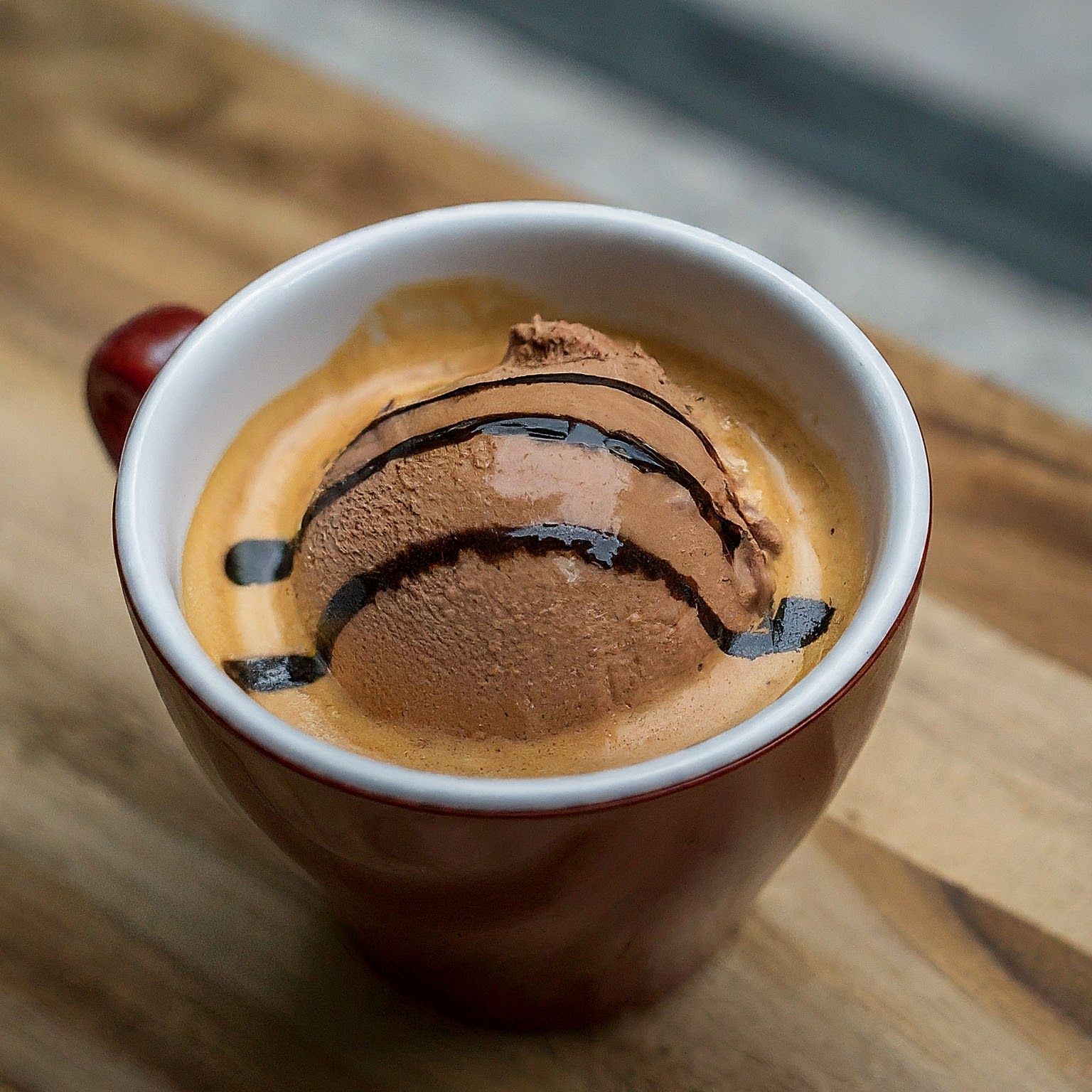
Affogato
Affogato, which means “drowned” in Italian, is an espresso-based treat that combines the warmth of hot espresso with the coolness of ice cream or gelato. A scoop of vanilla ice cream or gelato is topped with a shot of espresso and whipped cream, creating a delightful mix of temperatures and textures. This dessert coffee fusion is a perfect indulgence for those moments when you can’t decide between a sweet treat and a caffeine boost, similar to Espresso con panna.
9. Iced Turmeric Latte
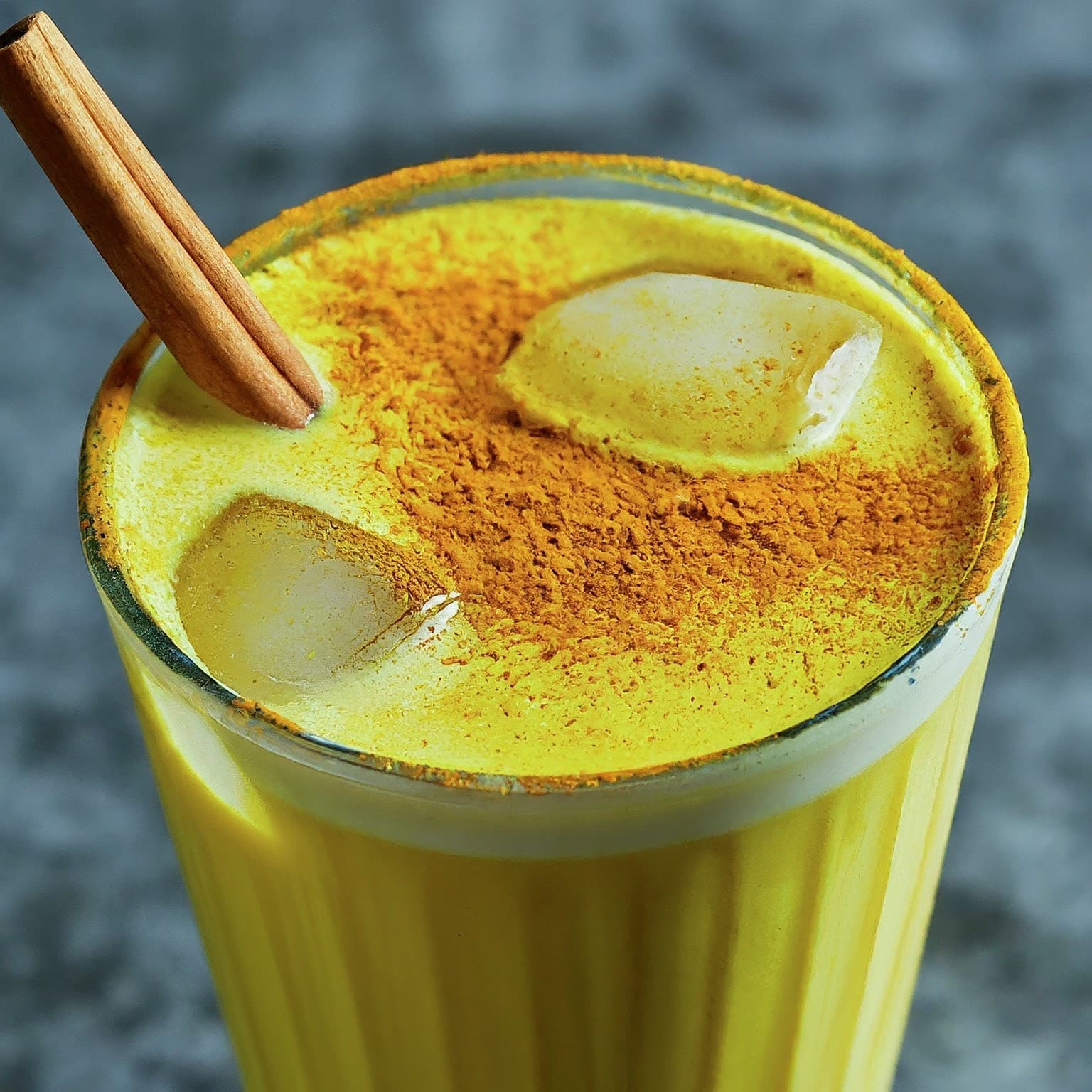
Iced Turmeric Latte
An Iced Turmeric Latte blends spice-infused lattes with the coolness of cold coffee. It combines turmeric’s earthy flavour and health benefits with creamy latte smoothness. The strong coffee, cold milk, ice, and vibrant turmeric create a refreshing drink with a twist. This Latte offers traditional goodness with a golden turmeric kick, adding flavour and aroma to your coffee collection.
10. Iced Caramel Macchiato
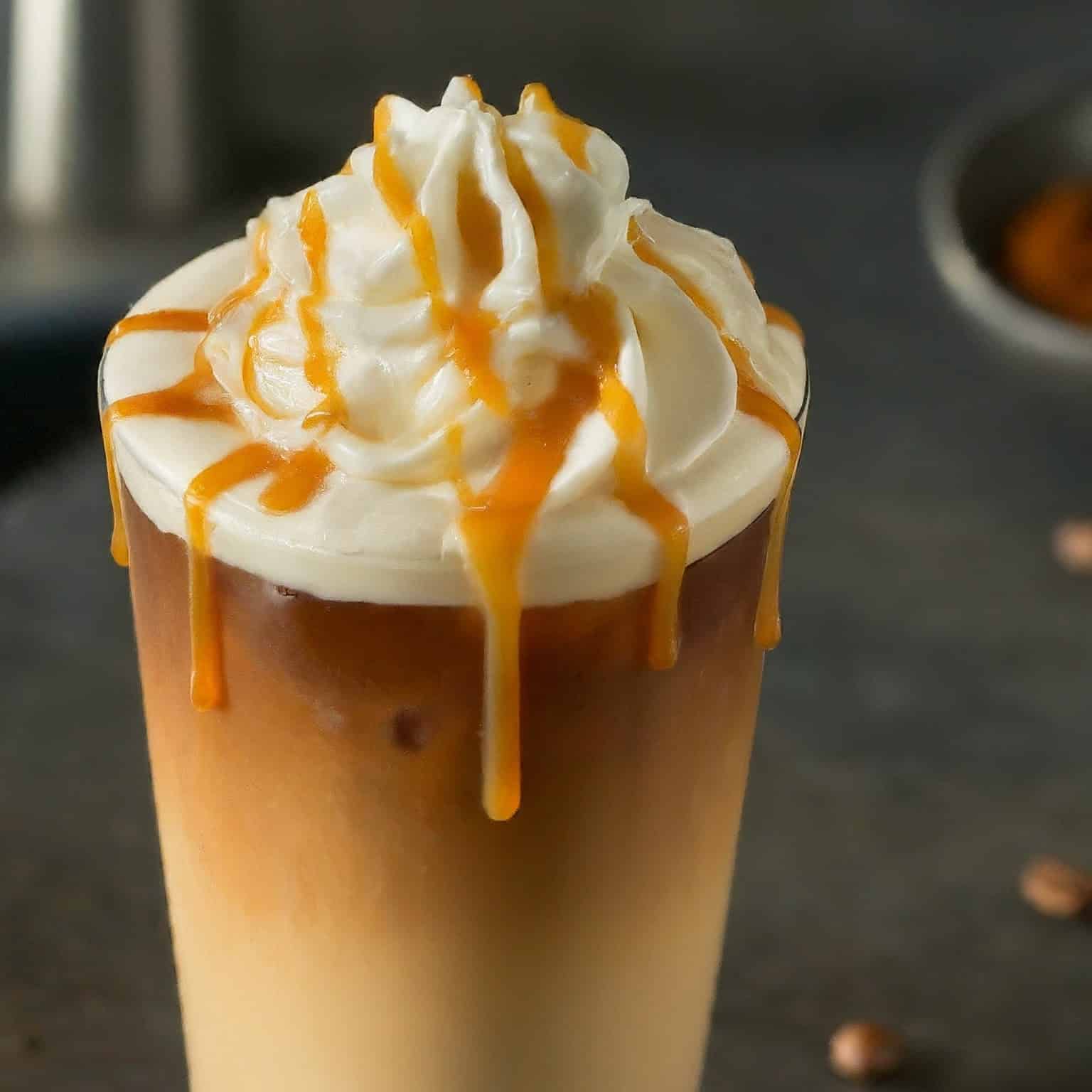
Iced Caramel Macchiato
The Iced Caramel Macchiato is a refreshing twist on the classic Macchiato. It combines cold milk, Espresso, and caramel over ice. Starting with milk over ice, a shot of Espresso is added, and then caramel syrup is topped for a sweet touch. This blend creates a creamy, chilled treat that is beloved in coffee shops worldwide.
Conclusion
In conclusion, the vast array of types of coffee offers a delightful journey for coffee enthusiasts. From the intense flavours of Espresso to the comforting simplicity of black coffee, there is a coffee drink to suit every preference. Whether you prefer the velvety smoothness of a flat white or the bold kick of a double shot, the world of coffee stands ready to cater to your taste buds. So, explore, savour, and immerse yourself in the rich, diverse world of coffee delights. Cheers to your next cup of coffee adventure!
Frequently Asked Questions
What is the difference between Arabica and Robusta?
Arabica and Robusta are the two most popular coffee bean varieties. Arabica is known for its smoother flavour, while Robusta has a stronger, more bitter taste. Arabica beans have higher acidity and sweetness than Robusta beans, which contain more caffeine.
Which type of coffee has the least caffeine?
Among the types of coffee, decaffeinated coffee has the least caffeine content. Decaf coffee undergoes a process to remove most of the caffeine, making it a suitable choice for those looking to limit their caffeine intake.
What are the Different Types of Coffee Makers?
Coffee makers come in various types, each with its unique brewing method. Drip coffee makers use hot water to filter through ground coffee, while espresso machines force hot water through finely-ground coffee at high pressure. French presses steep coffee grounds in hot water and then separate them using a plunger. Pour-over methods involve pouring hot water over coffee grounds in a filter. Capsule coffee machines use pre-portioned capsules of ground coffee and water.
How to choose an Espresso Machine?
When choosing an espresso machine, consider your budget, desired features (e.g., steam wand for frothing milk), ease of use, and cleaning requirements. Research different types, such as manual, semi-automatic, and super-automatic, to find the best fit for your needs.

